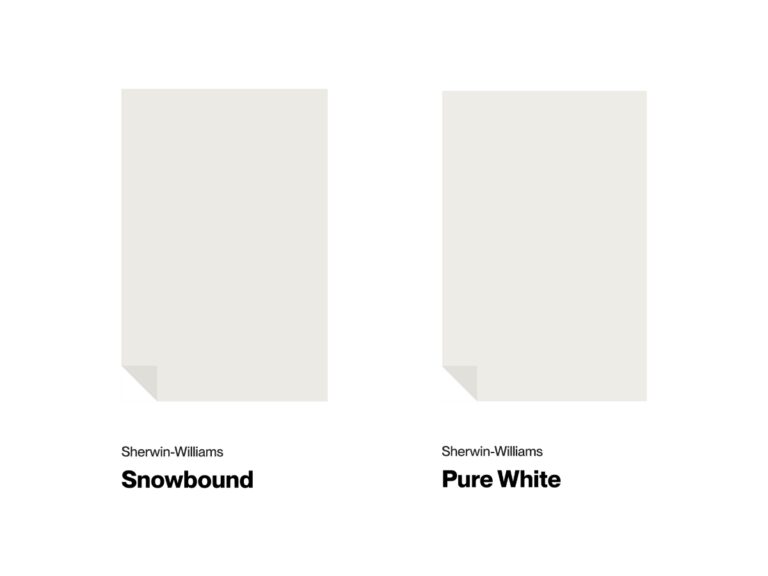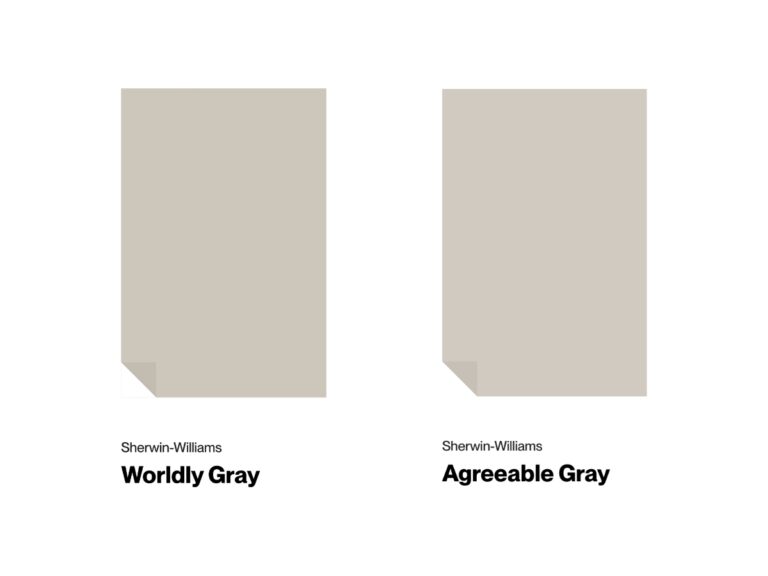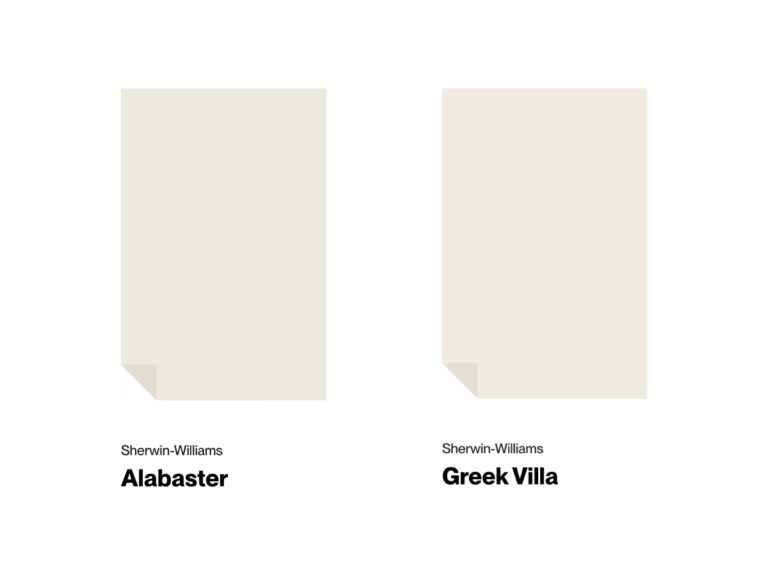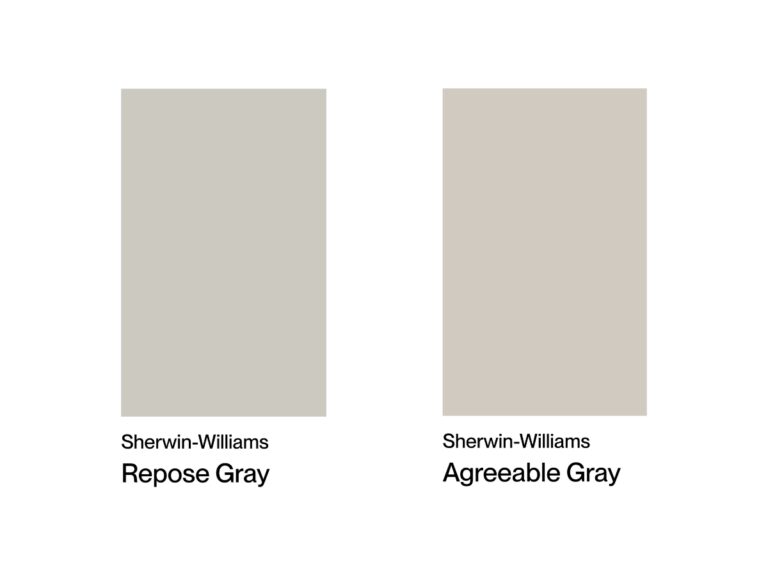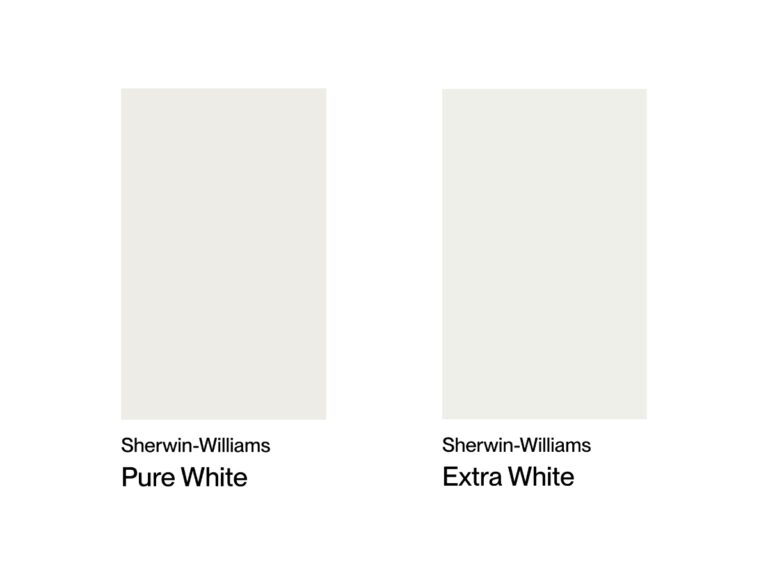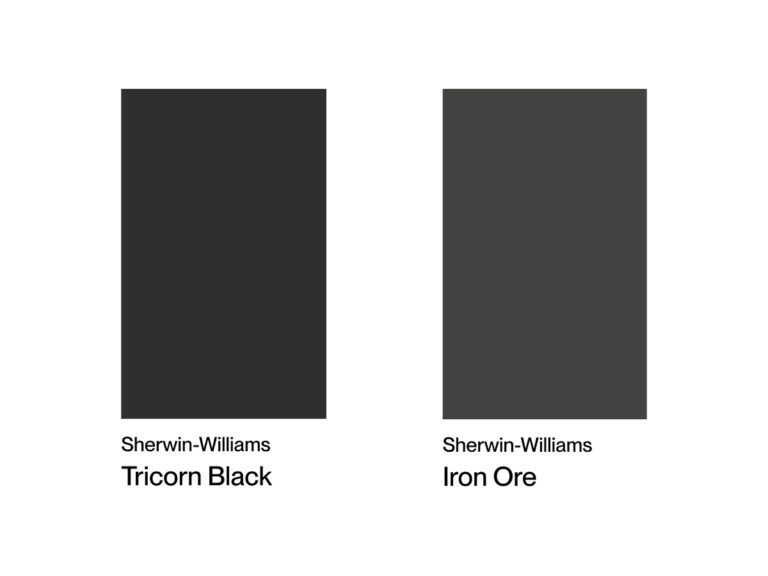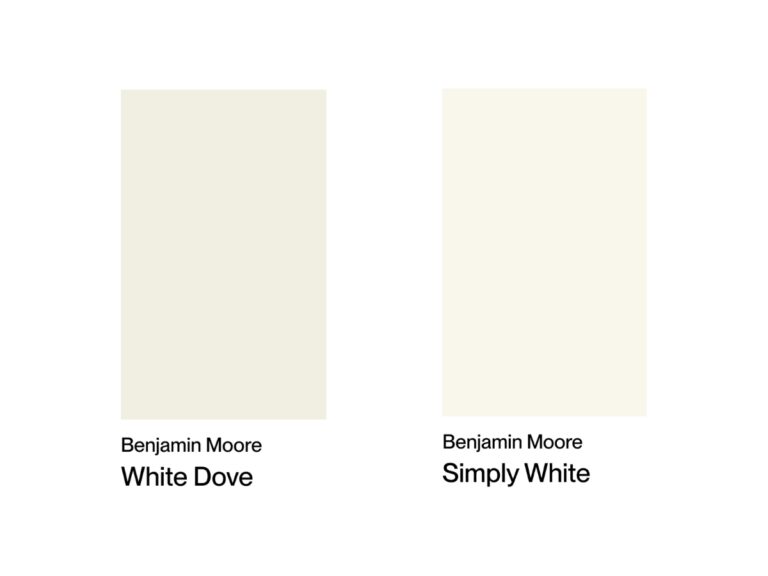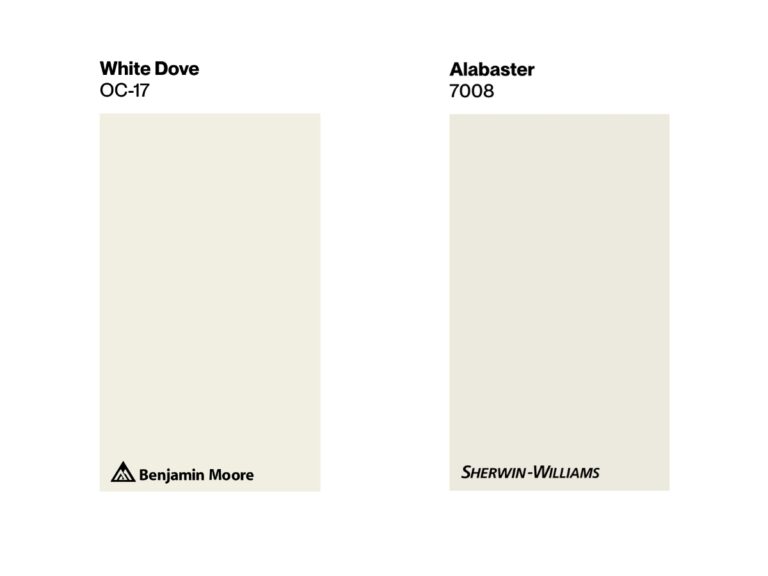Finding the perfect white for your walls can feel like going on a wild goose chase – trust me, I spent weeks hunting down my perfect white shade.
When comparing Sherwin Williams’ popular Shoji White and Alabaster, even design pros sometimes need to take a step back and really think it through. These two whites are often mistaken for each other since they look pretty similar at first glance. But put those paint samples next to each other, and you’ll see they’re actually quite different!
Before you rush off to grab a paint can like I once did in a burst of inspiration (rookie mistake!), let’s break down the real differences between SW Alabaster and SW Shoji White, and figure out which one would actually work best in your space.
Undertones & Character
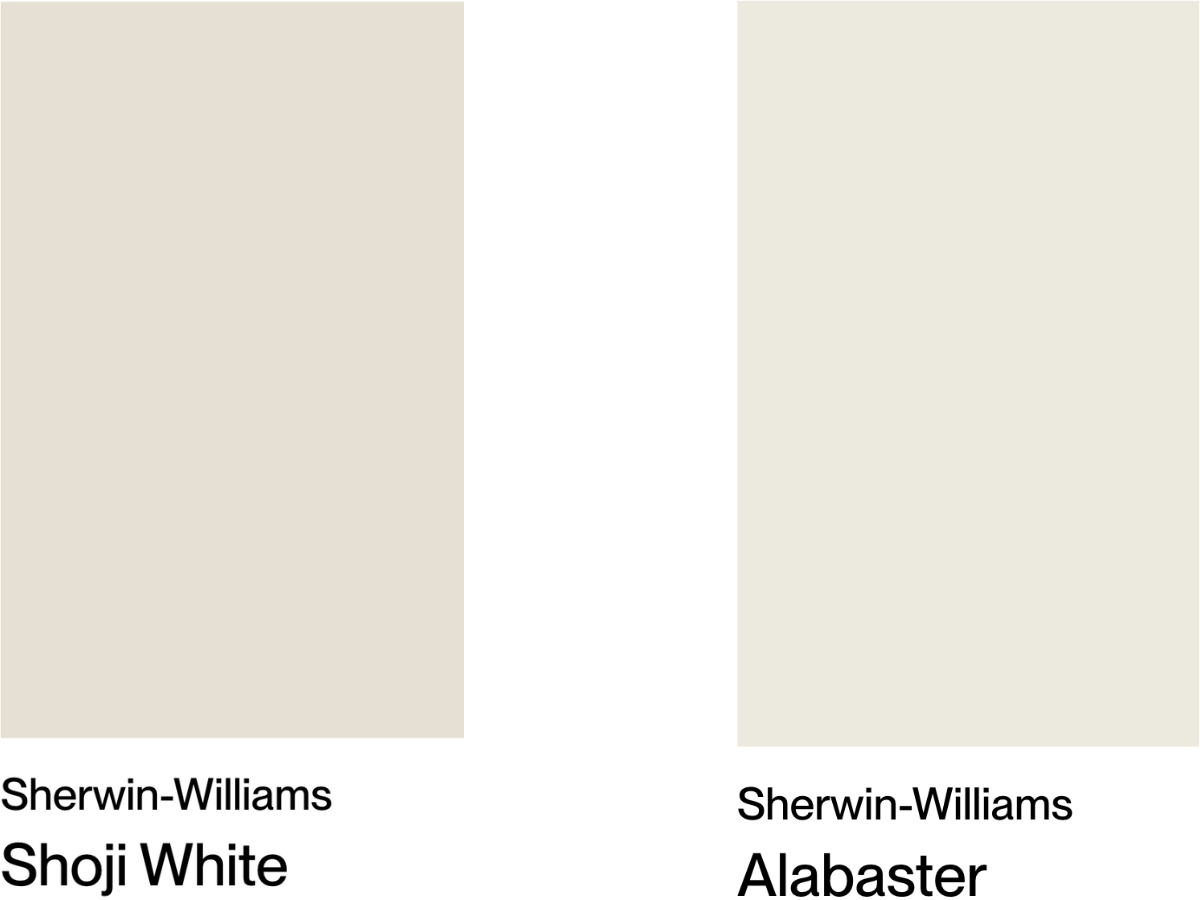
Shoji White by Sherwin-Williams is a complex white with noticeable beige undertones. It has subtle gray and warm notes that show up differently as the day goes on.
You’ll notice it looking creamier in the morning, while taking on a slight gray cast by evening. It’s a perfect fit for north-facing rooms that might feel a bit dark – the warmth in Shoji White helps make these spaces feel more inviting.
Alabaster, another Sherwin-Williams color, is more of a pure, neutral white. It has very few obvious undertones, which makes it a go-to choice for pretty much any space.
It’s a soft, gentle shade without the clinical feel you might get from a stark white. There’s a hint of cream in there, but it’s so subtle you’ll barely notice it. Alabaster really shines in bright rooms where other whites might feel too harsh.
The key difference? Shoji White is noticeably warmer, with more obvious beige undertones. Put the samples next to each other like in the photo above, and you’ll see right away – Alabaster looks cleaner and brighter.
Both colors fall into the soft white family; they just do different things: Shoji White brings warmth and coziness, while Alabaster creates a clean but comfortable backdrop.
| SW Shoji White | SW Alabaster | |
| Color Code | SW 7042 | SW 7008 |
| Light Reflectance Value | 74 | 82 |
| Color Family | Off-White/Neutral | Off-White/Neutral |
| Undertones | Warm greige | Soft creamy |
Room-by-Room Comparison
Let’s take a look at how these whites work in different rooms. I’ve pulled together lots of real-life photos of both colors so you can see them in action.
Living Rooms
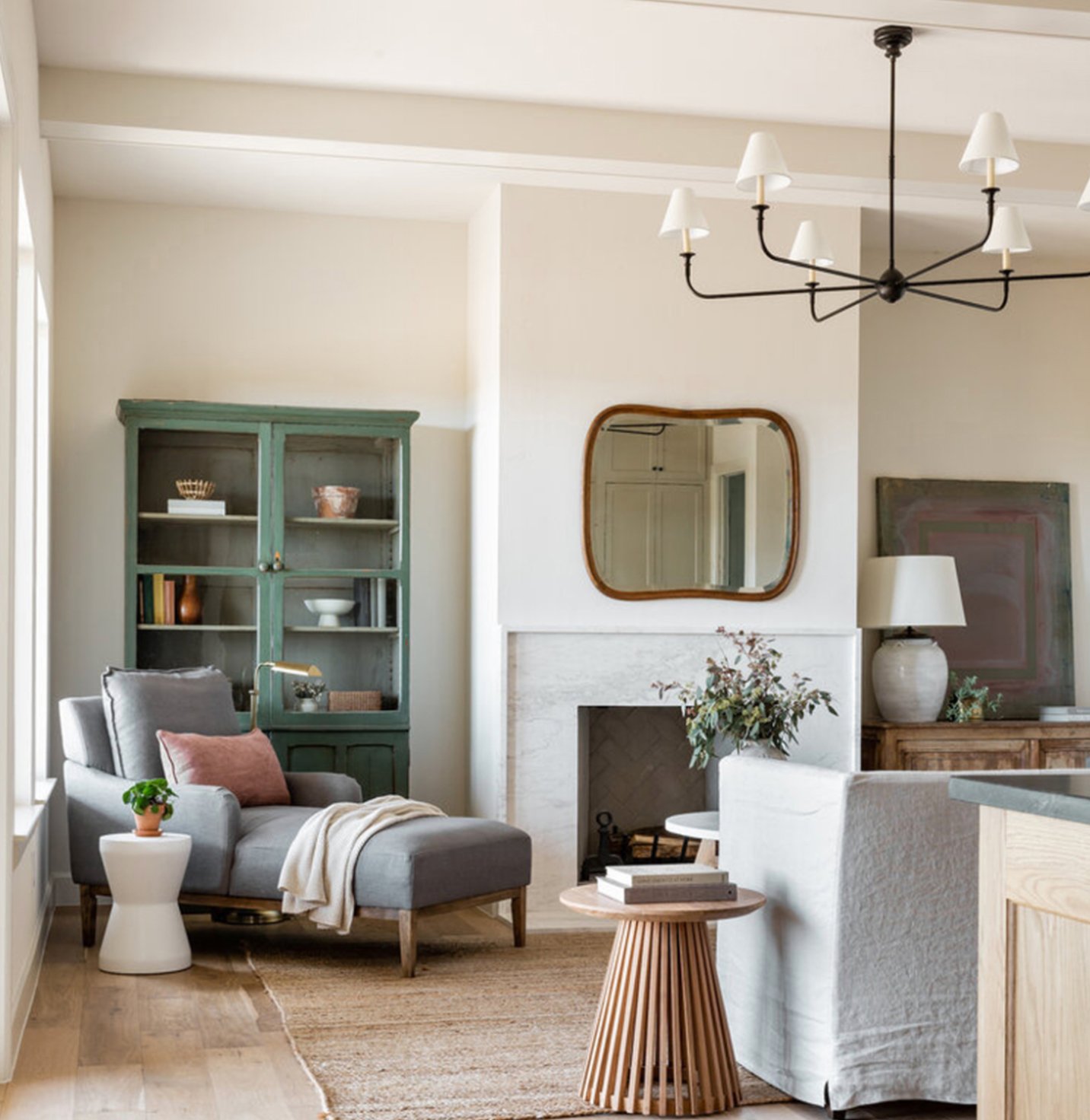
source
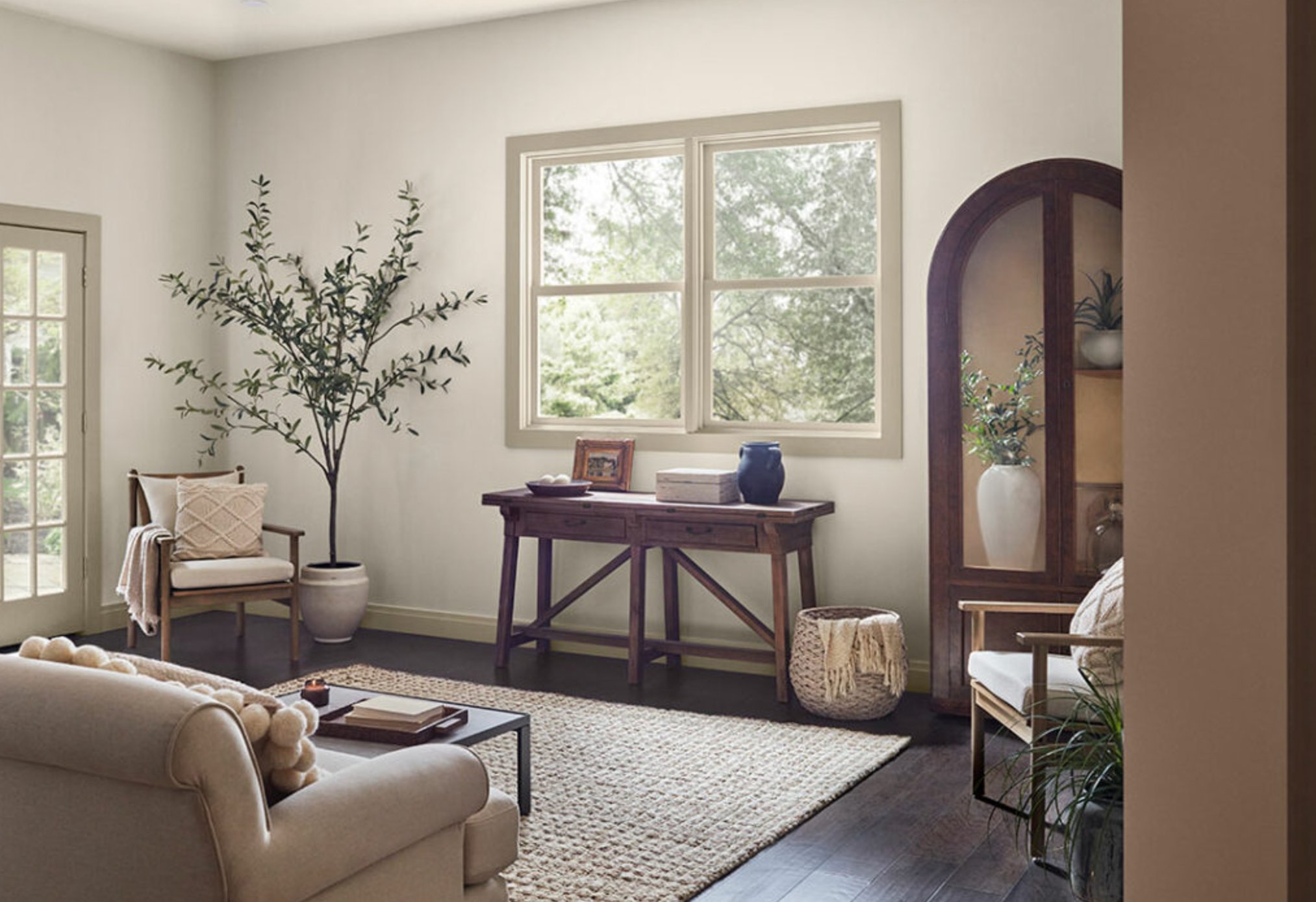
source
Shoji White really comes into its own in sunny living rooms. It changes throughout the day – looking more creamy in the morning and picking up sandy tones by evening.
It’s especially gorgeous with wooden furniture – really brings out the natural wood grain.
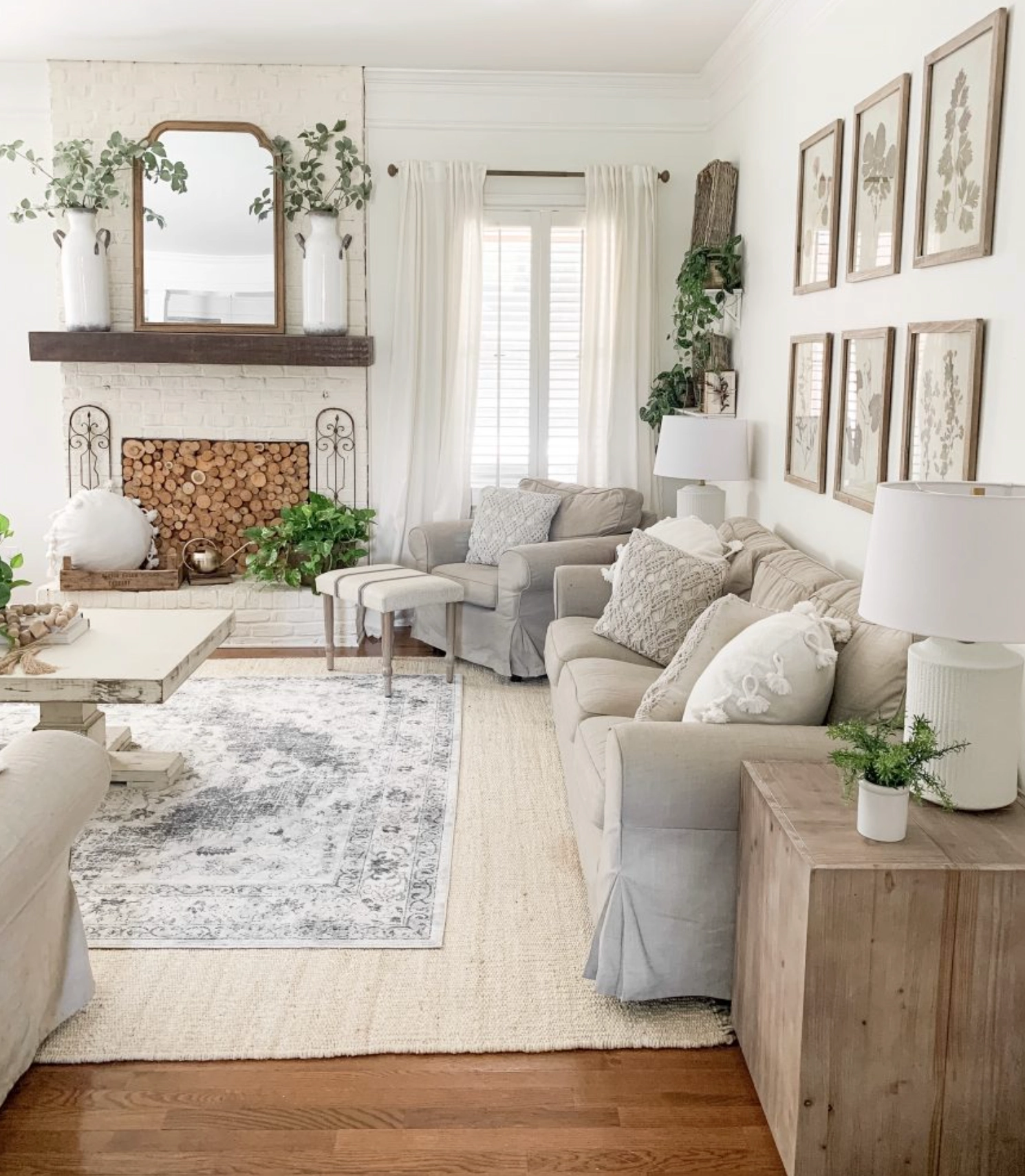
source
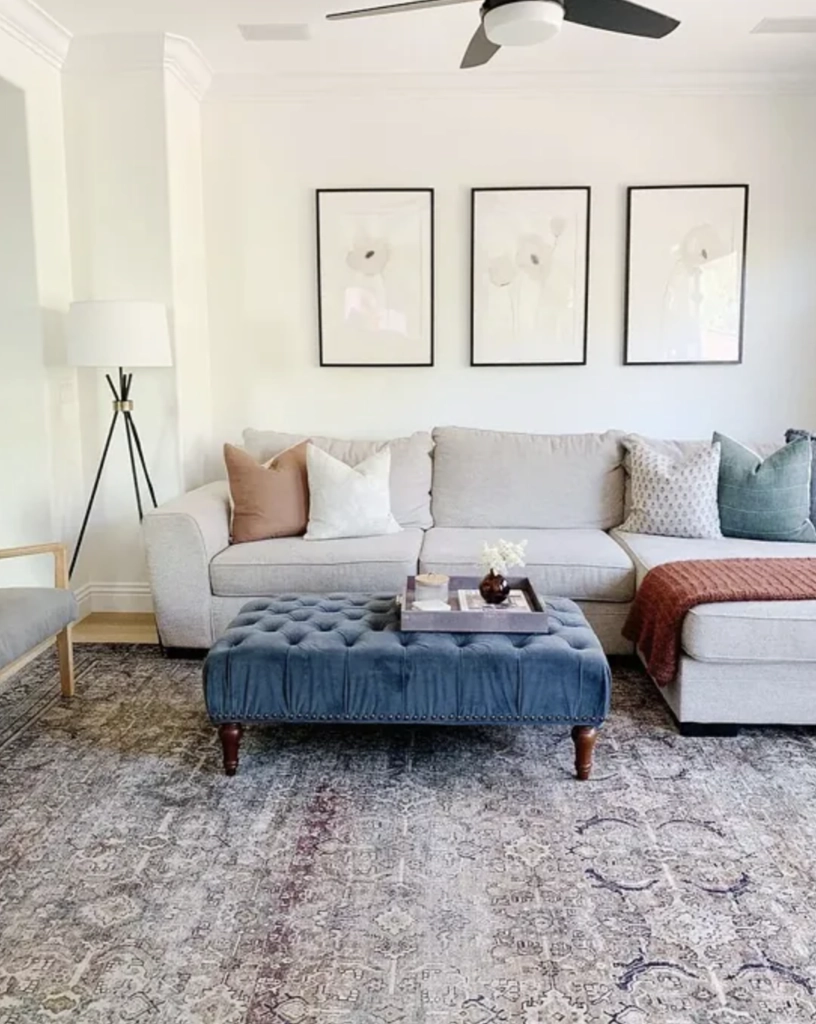
source
Alabaster has a different vibe – it feels more contemporary. It kind of makes the walls disappear, making rooms feel bigger. You’ll notice this in smaller living rooms – they feel more open.
But don’t worry – it won’t give you that stark gallery feeling. The space stays nice and cozy.
Kitchens
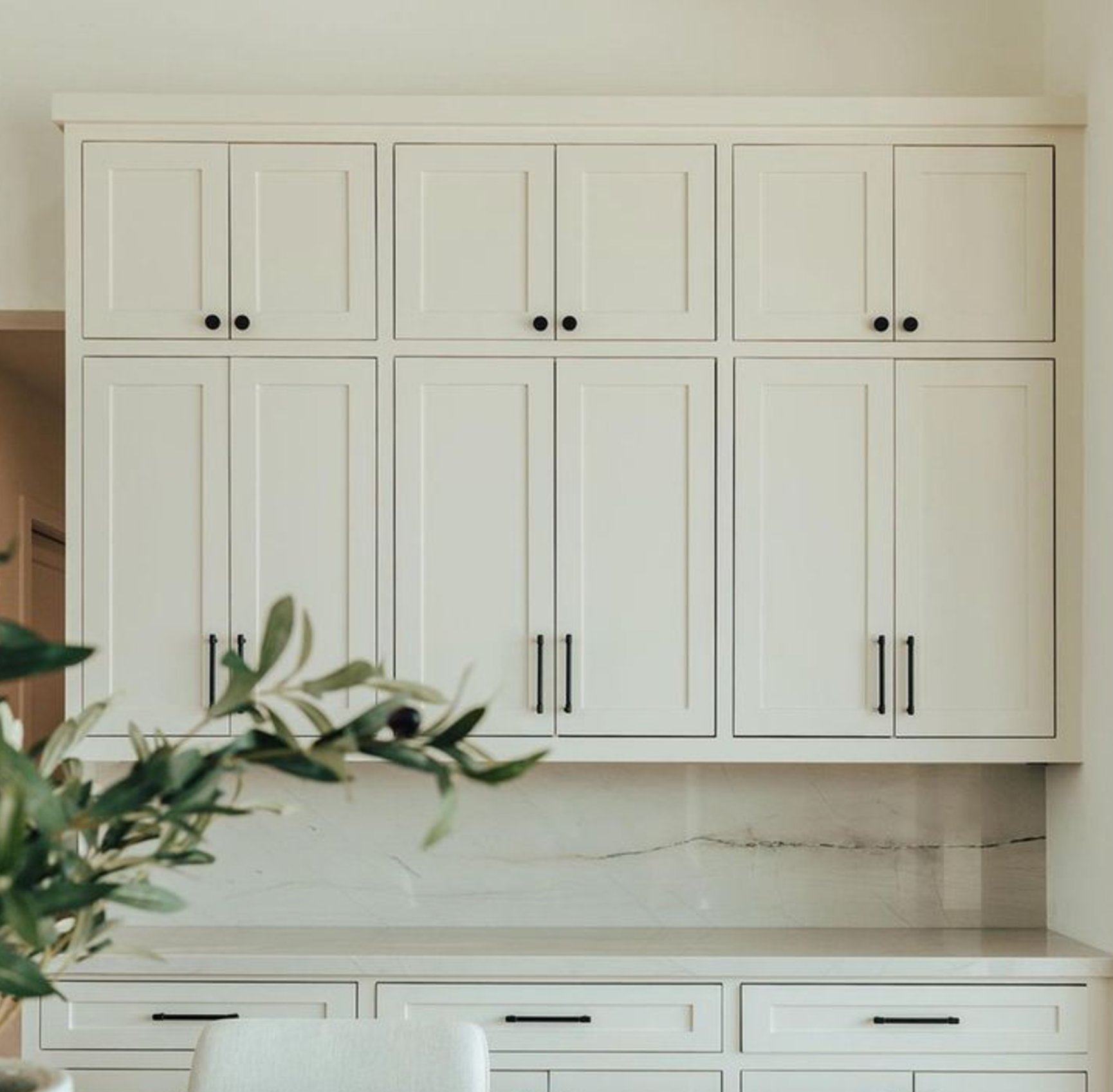
source
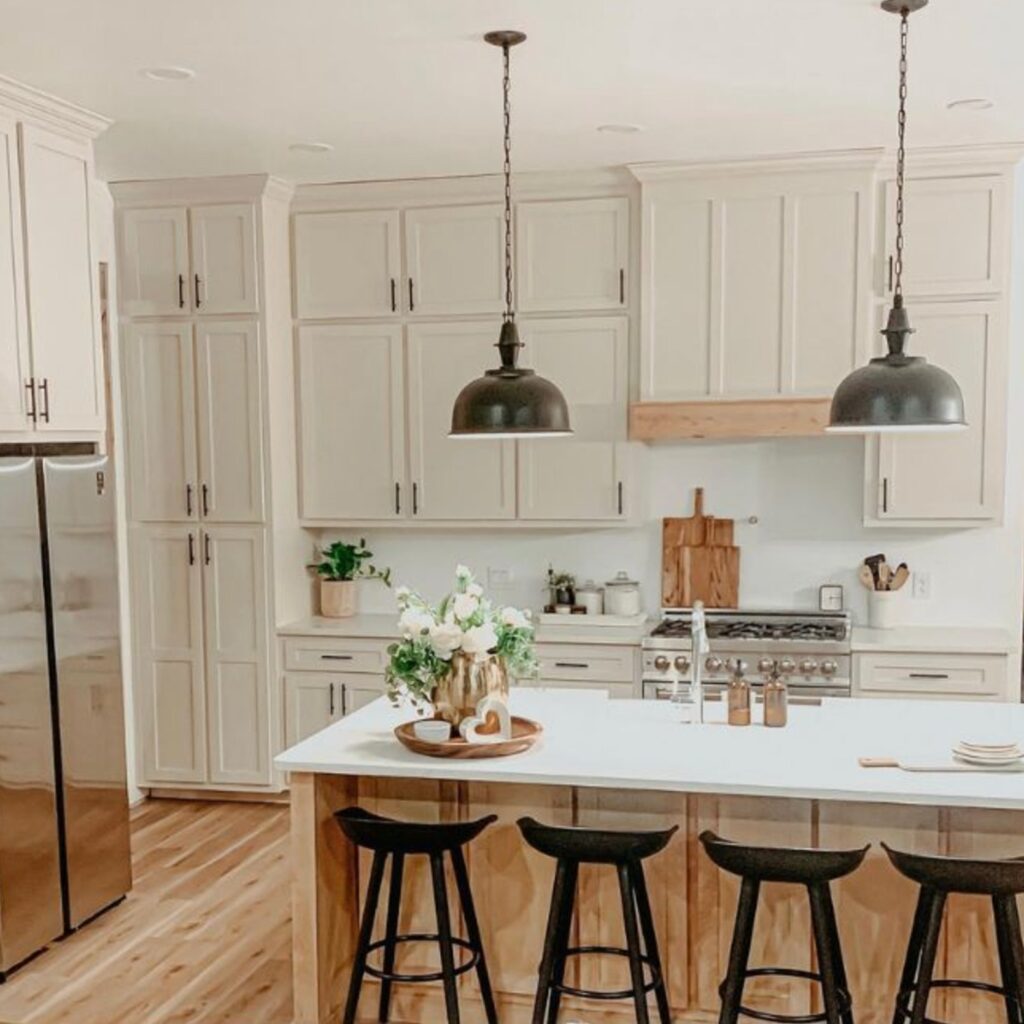
source
Shoji White plays really well in kitchens with marble and metal finishes – everything just works together.
The slight beige tone helps hide those inevitable little marks and splashes, which is super handy in a busy kitchen. Plus, it takes the edge off that harsh stainless steel shine.
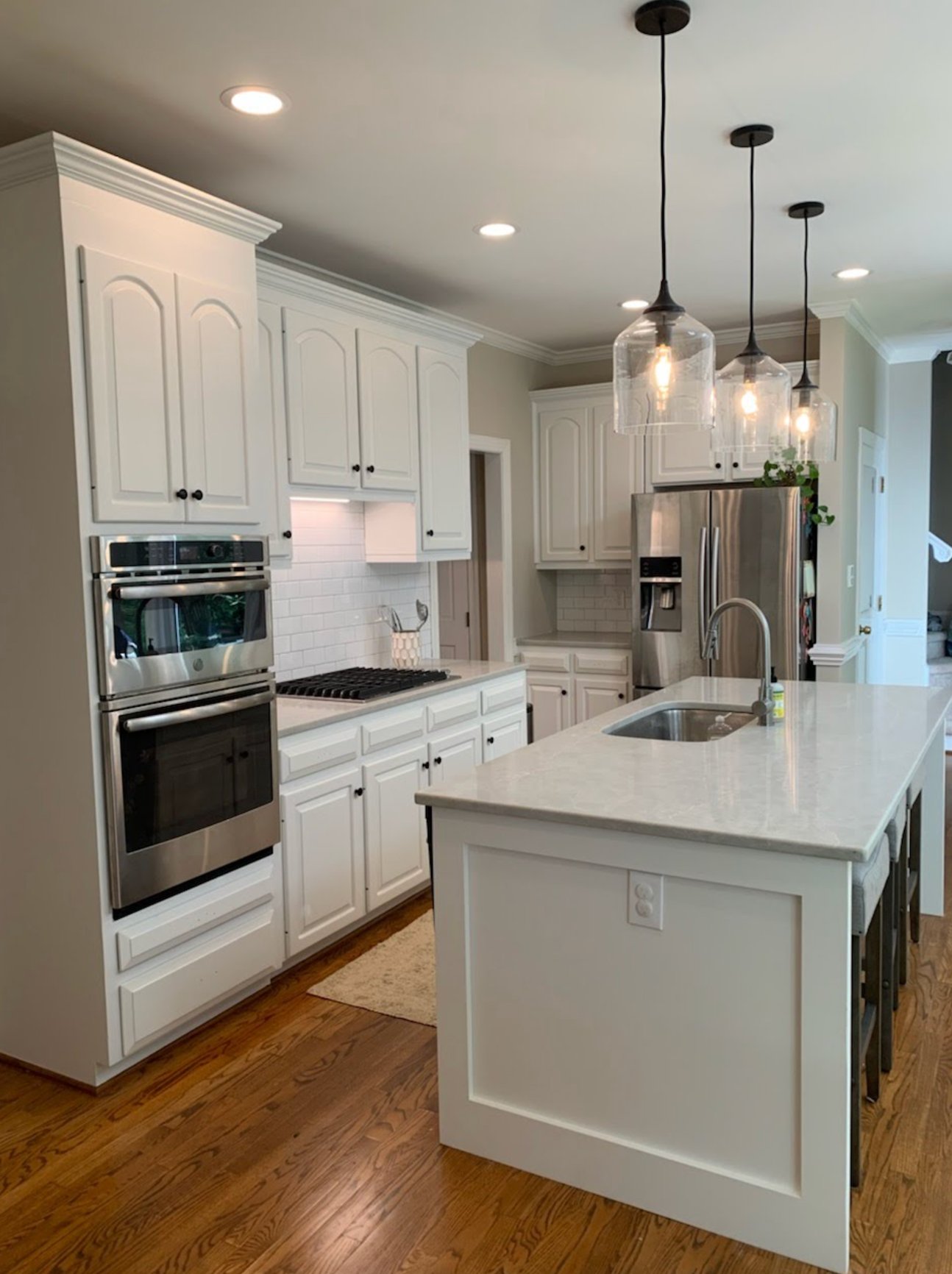
source
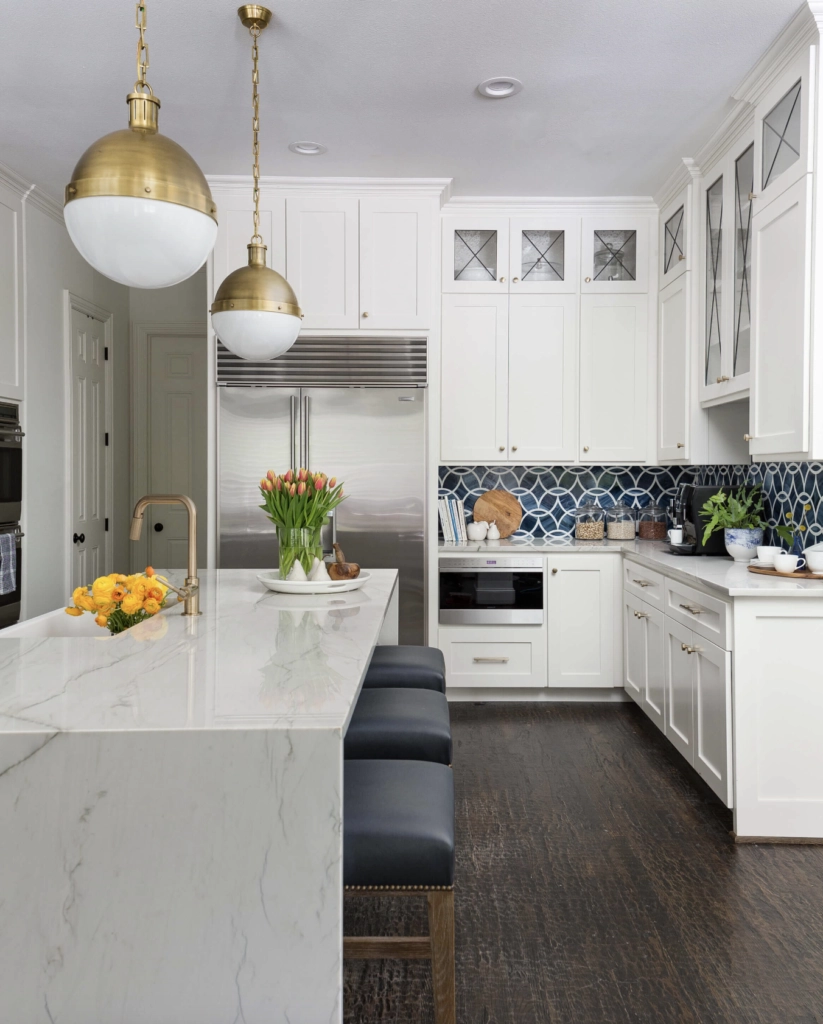
source
Alabaster in the kitchen is all about that clean, fresh feel. It works best with white appliances and light cabinets – everything just blends together beautifully.
Pop in a dark countertop, and you’ll get some gorgeous contrast. But keep in mind you might need to wipe down those walls more often.
Bedrooms
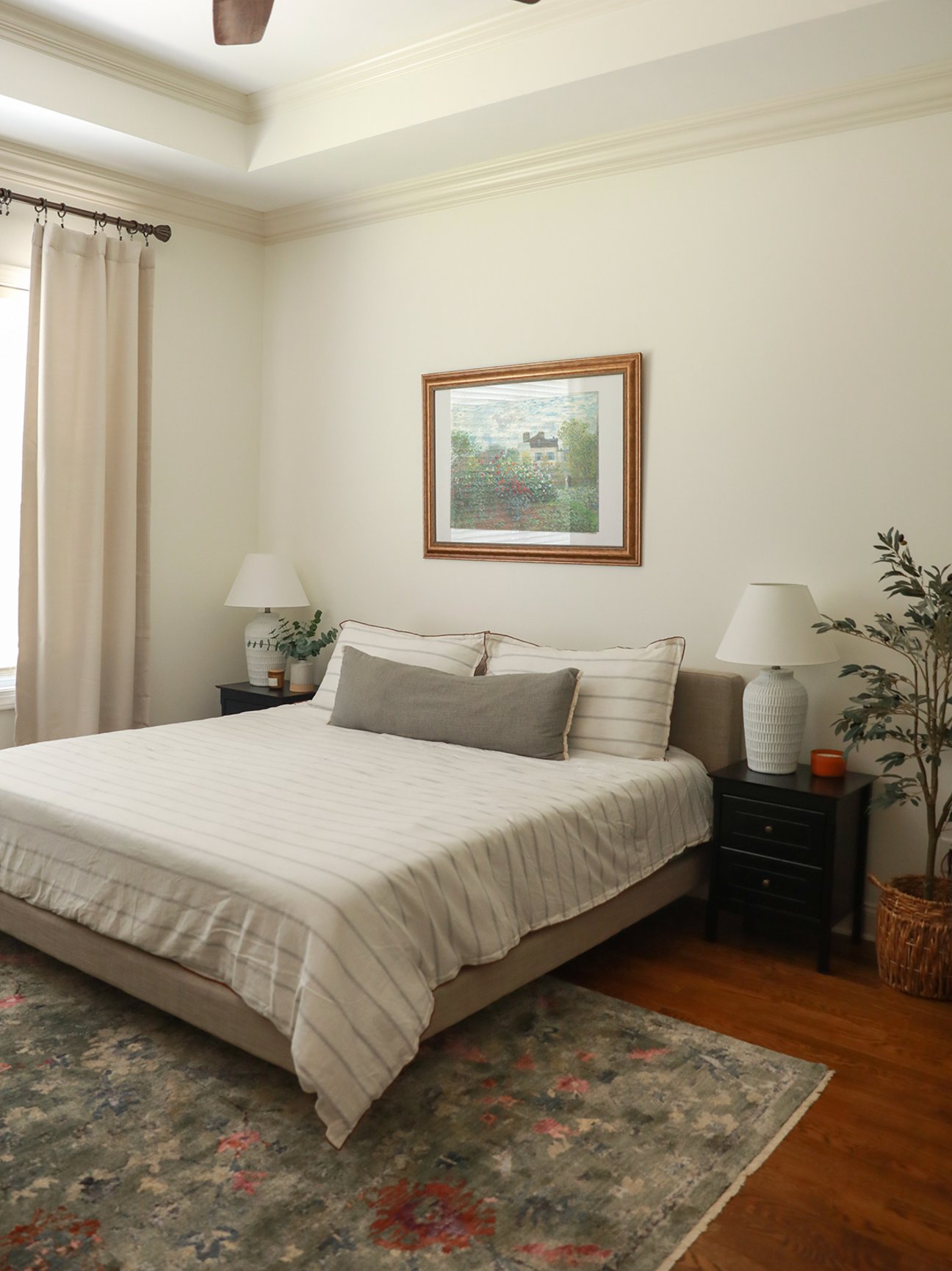
source
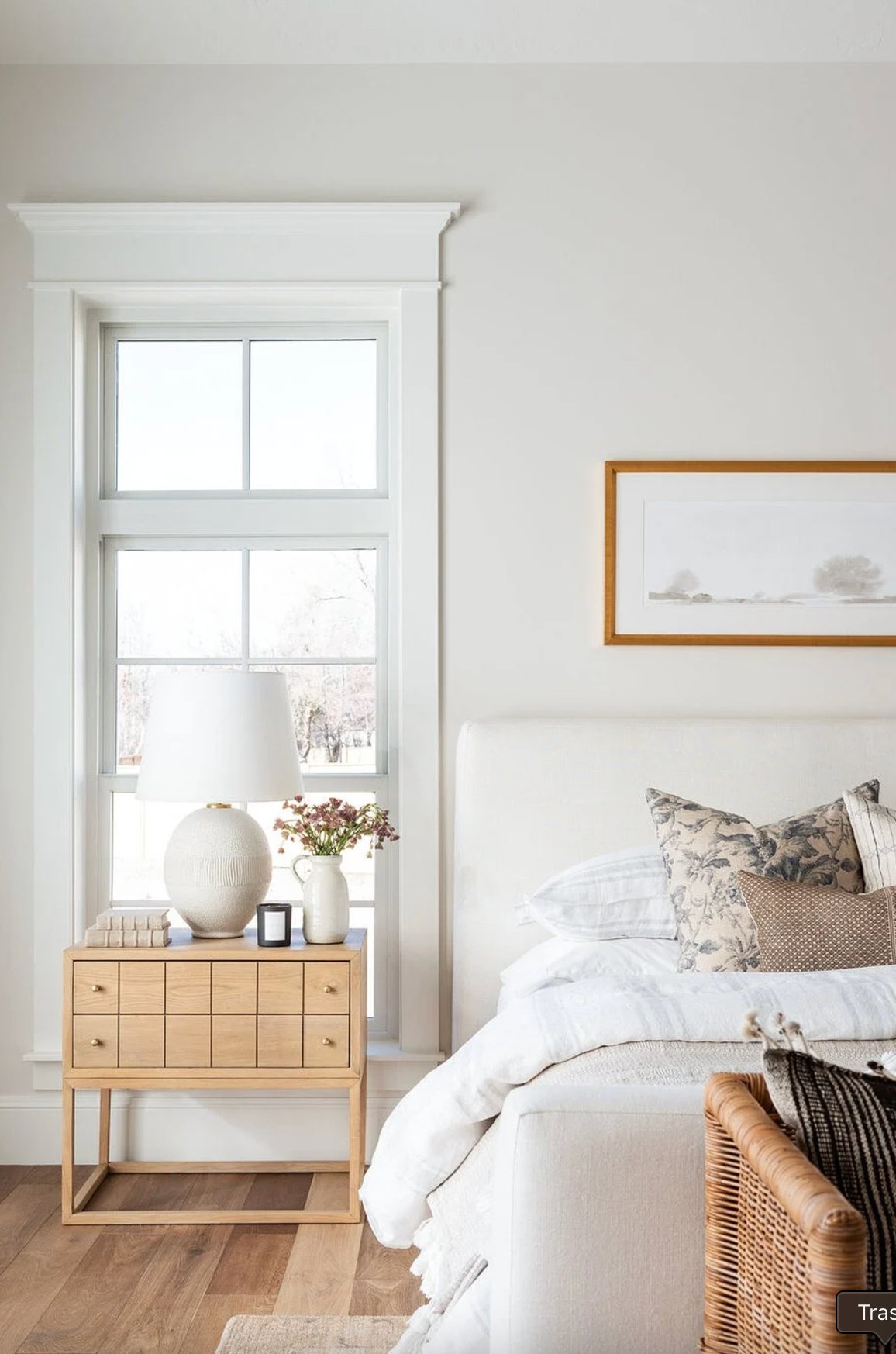
source
In bedrooms, Shoji White acts as a soothing backdrop. It gets super cozy in the evening with warm lighting. Pair it with vintage pieces or country-style fabrics, and it’s just perfect!
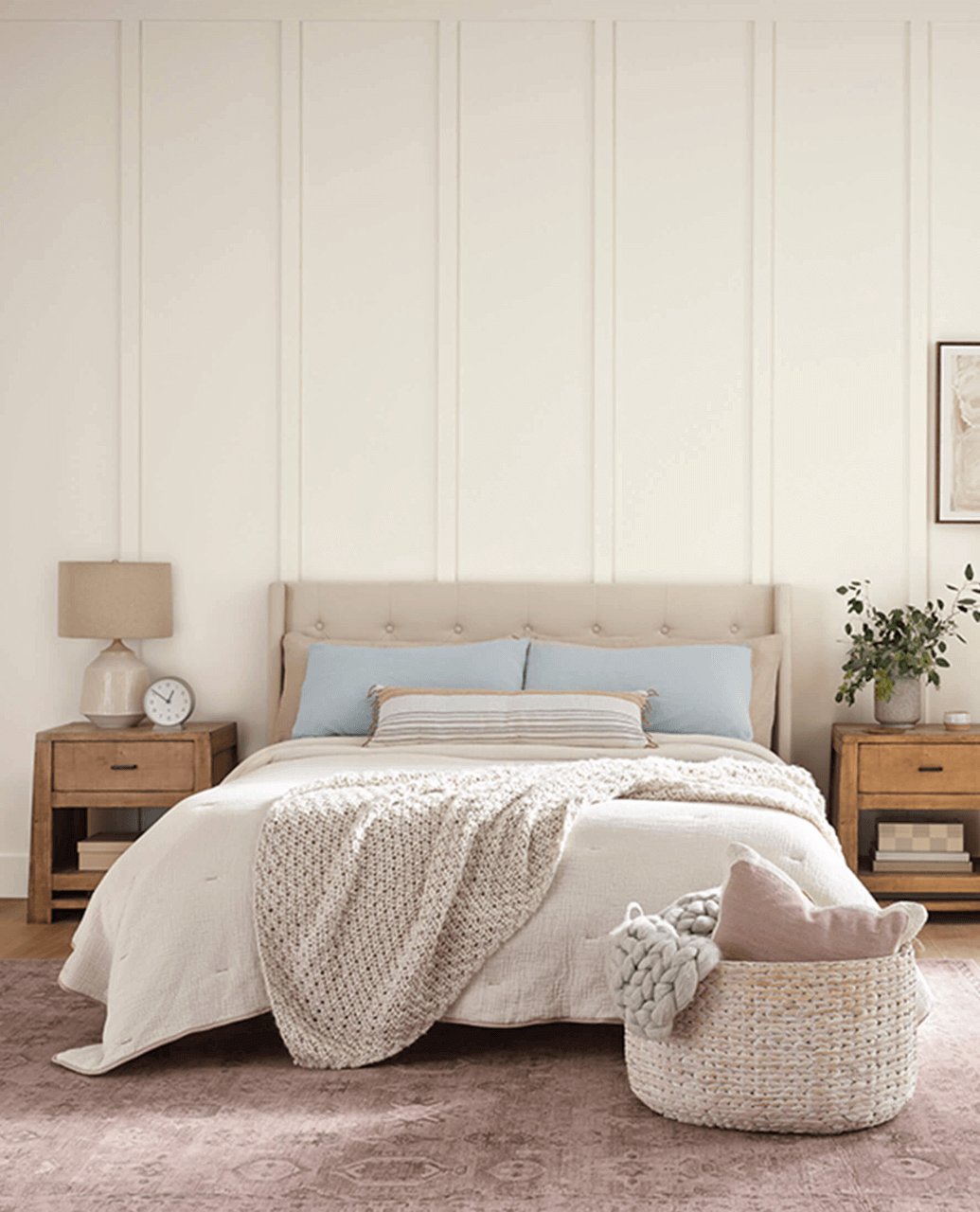
source
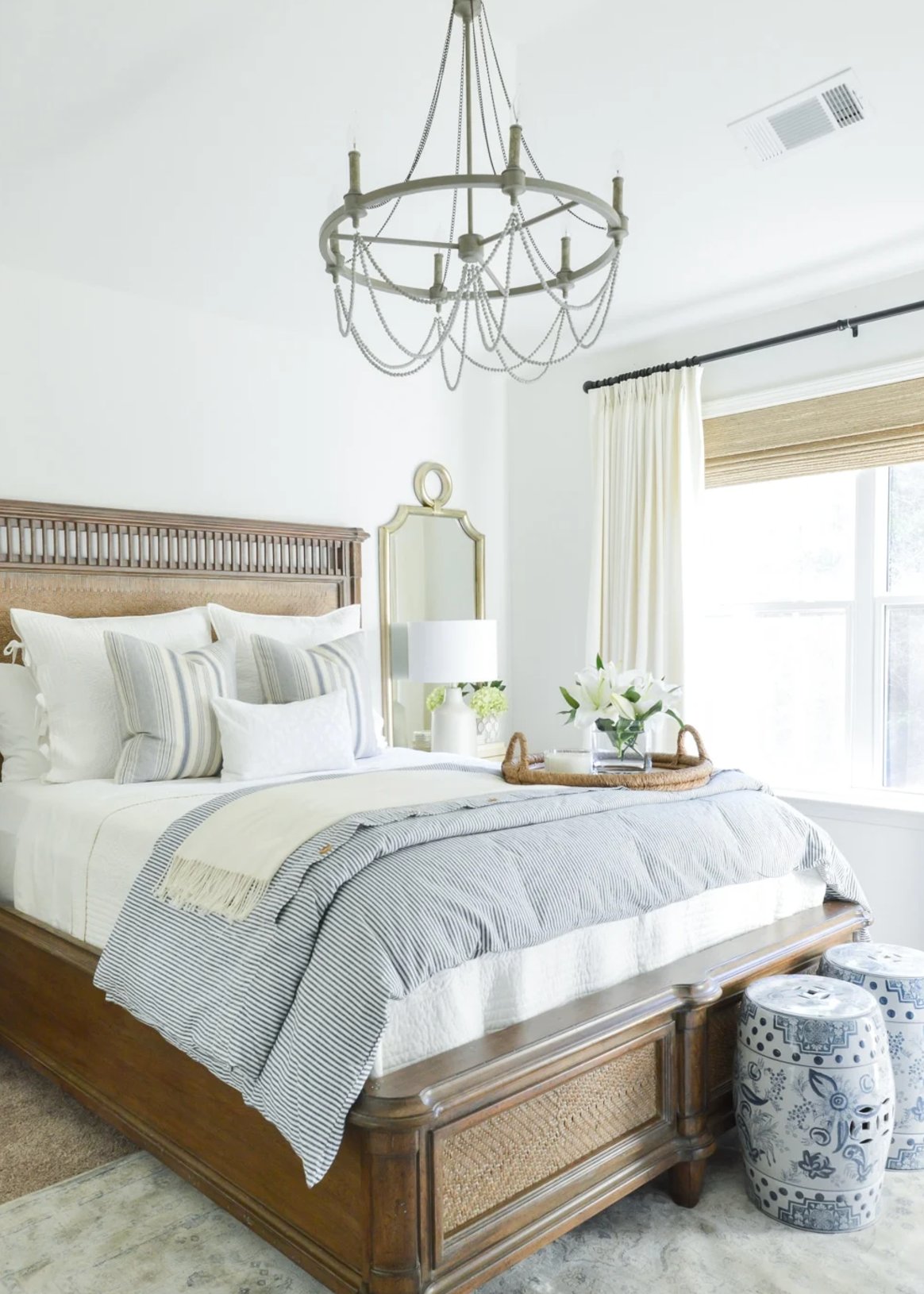
source
Alabaster gives bedrooms this amazing airy quality. Morning light just floods these rooms – it makes getting up actually feel good! It’s really at home in minimalist spaces and modern bedrooms.
Hallways and Entryways
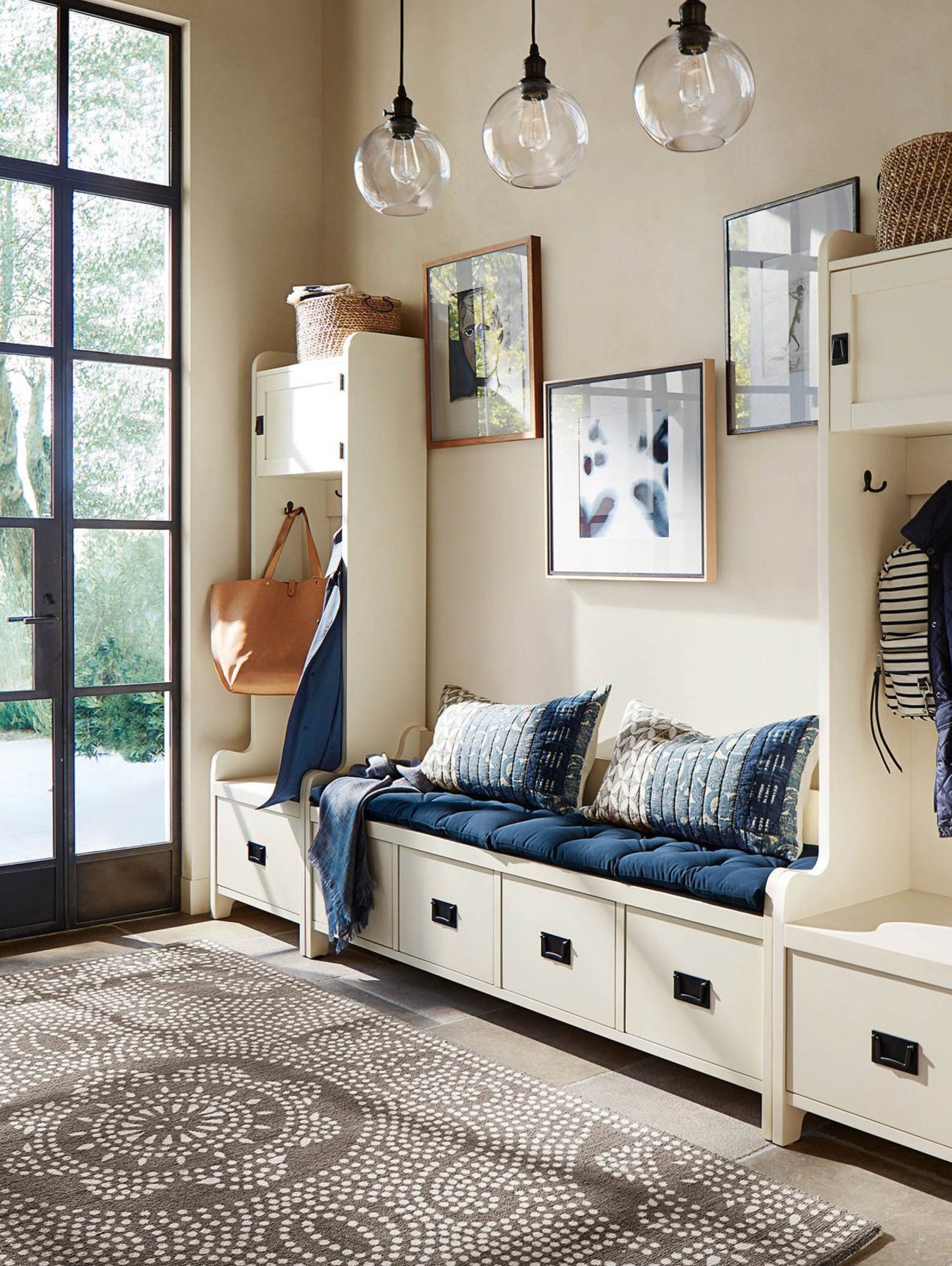
source
Shoji White is super practical for entryways and hallways. Its warm undertone means those inevitable scuffs from bags and coats don’t show up as much.
It’s great at warming up spaces without windows too, making them feel more welcoming.
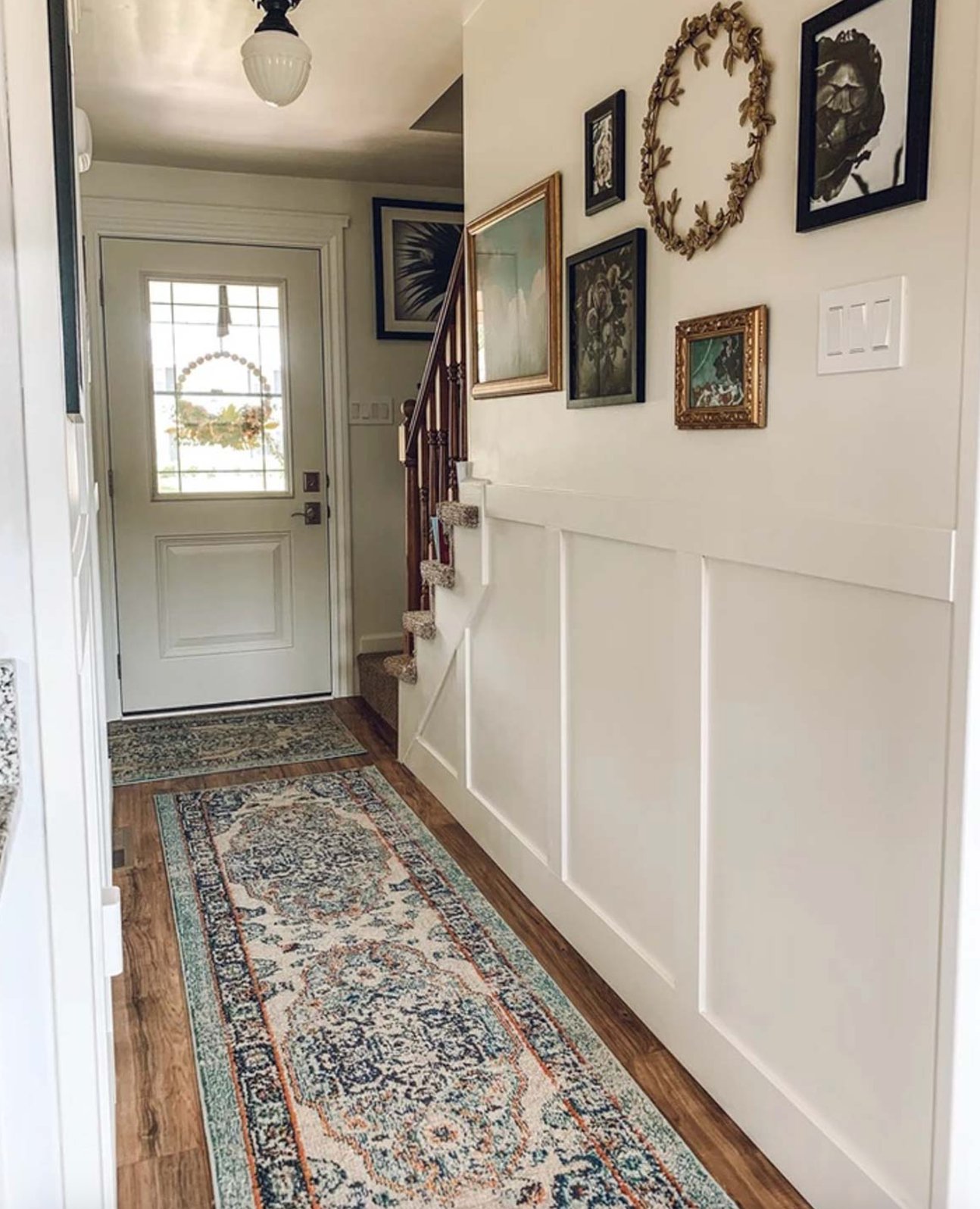
source
Alabaster can give these spaces a more polished look. It’s fantastic at bouncing light around – a real lifesaver in dark hallways. Just remember it shows dirt more easily, so you might need to clean more frequently.
Lighting Impact
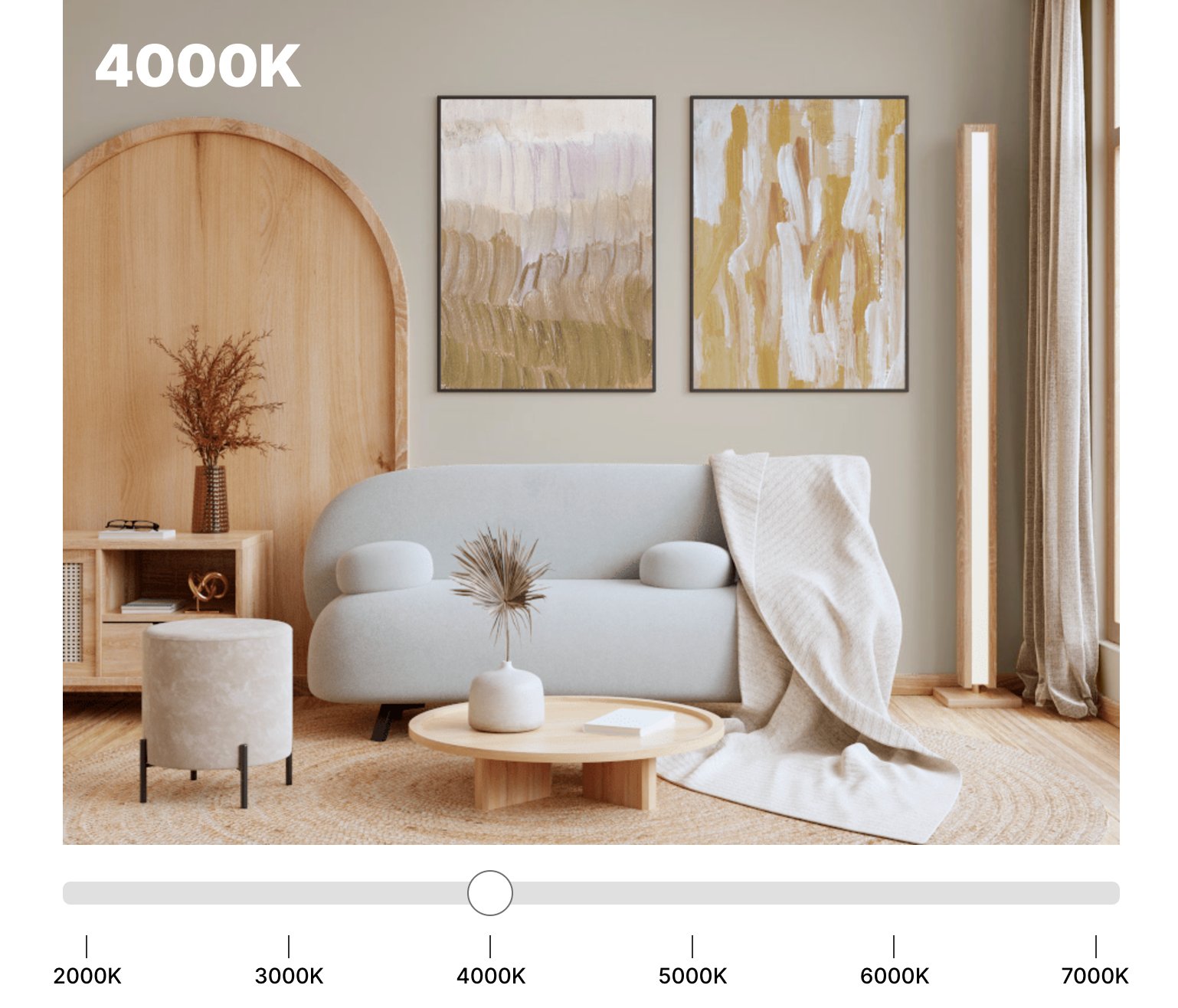
source
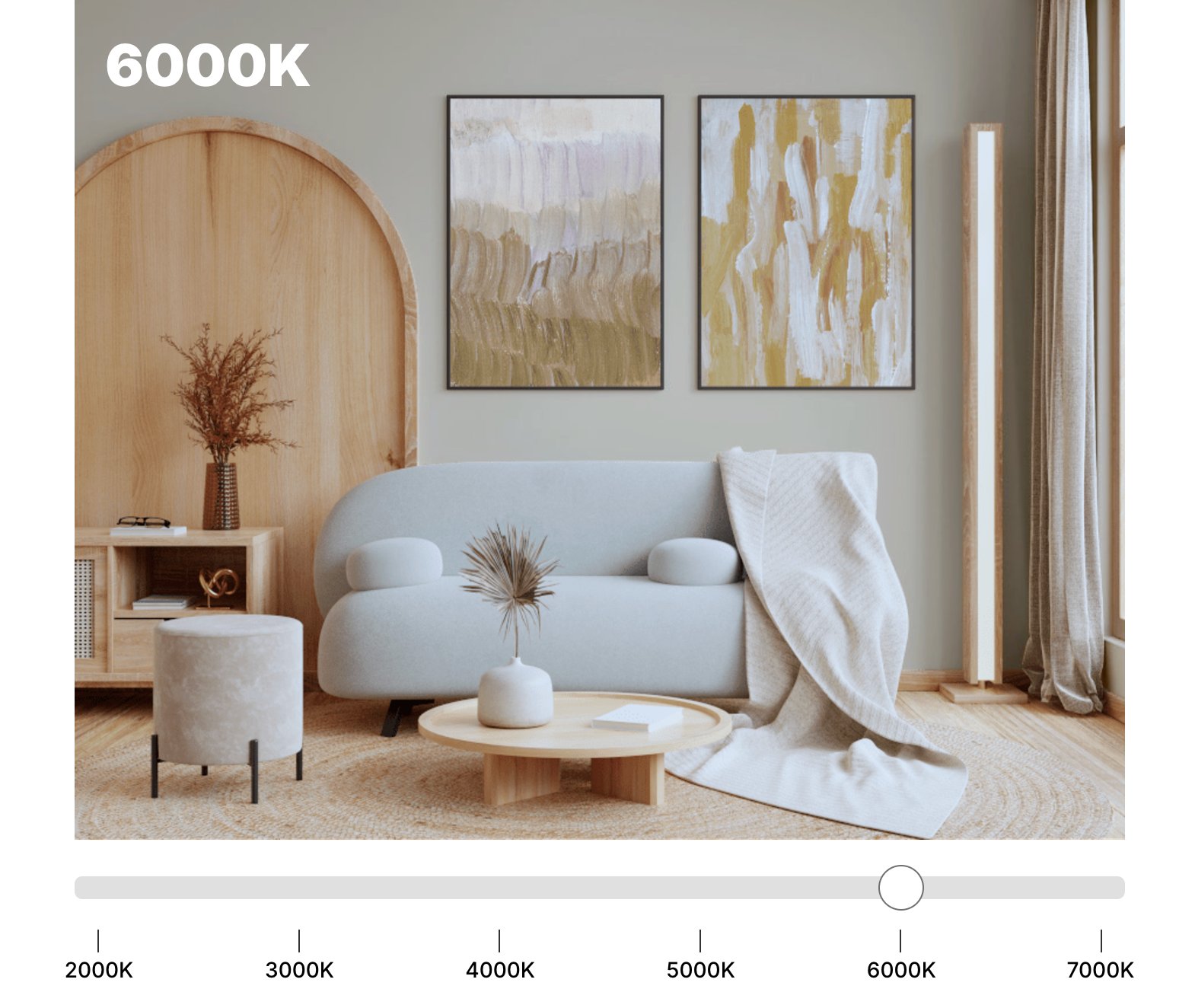
source
SW Shoji White has fascinating reactions to different lighting. When bathed in bright daylight, its beige undertone becomes more noticeable, adding warmth to the space. This shade really shines in rooms filled with natural light – think living rooms with large windows or sun-drenched bedrooms.
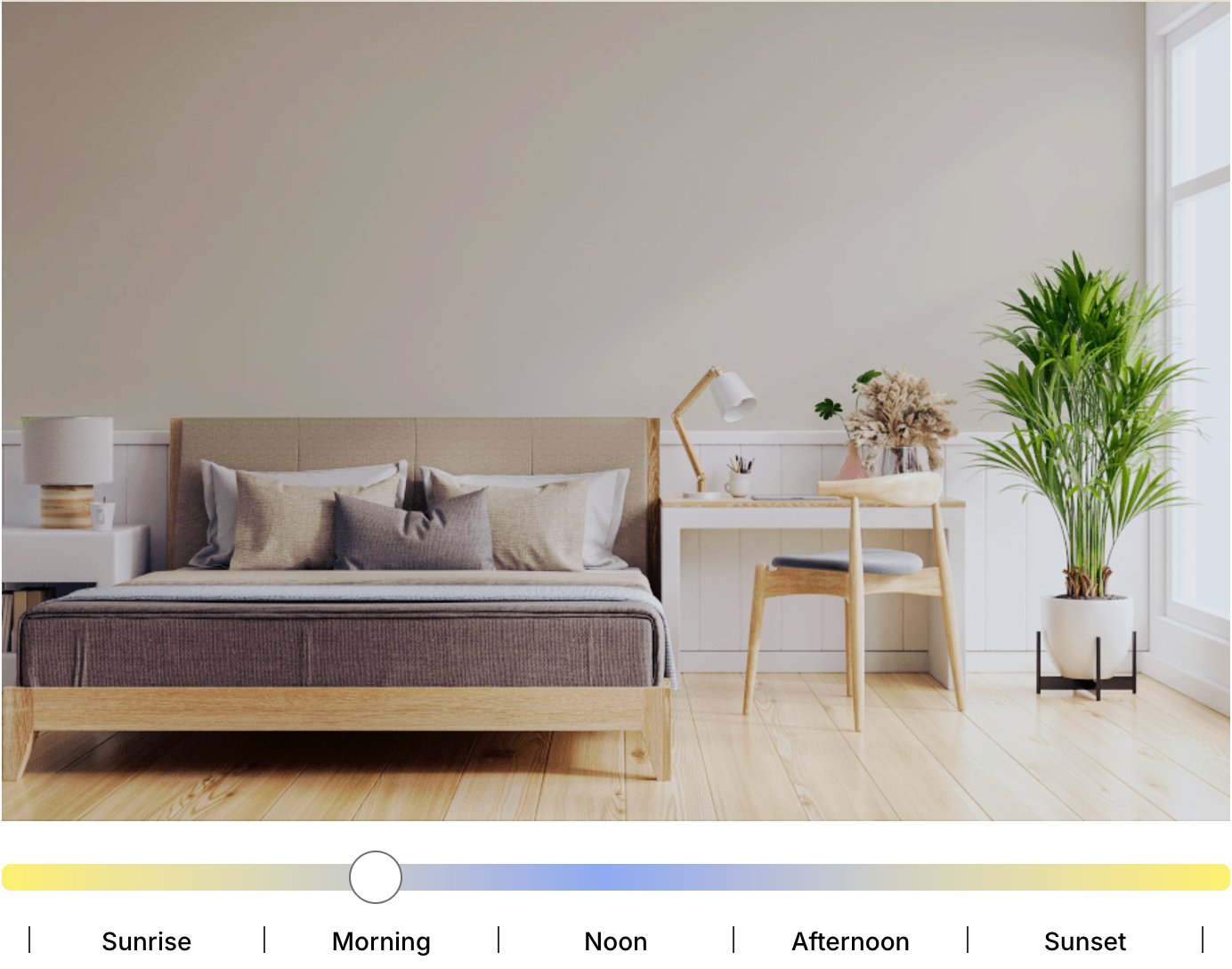
source
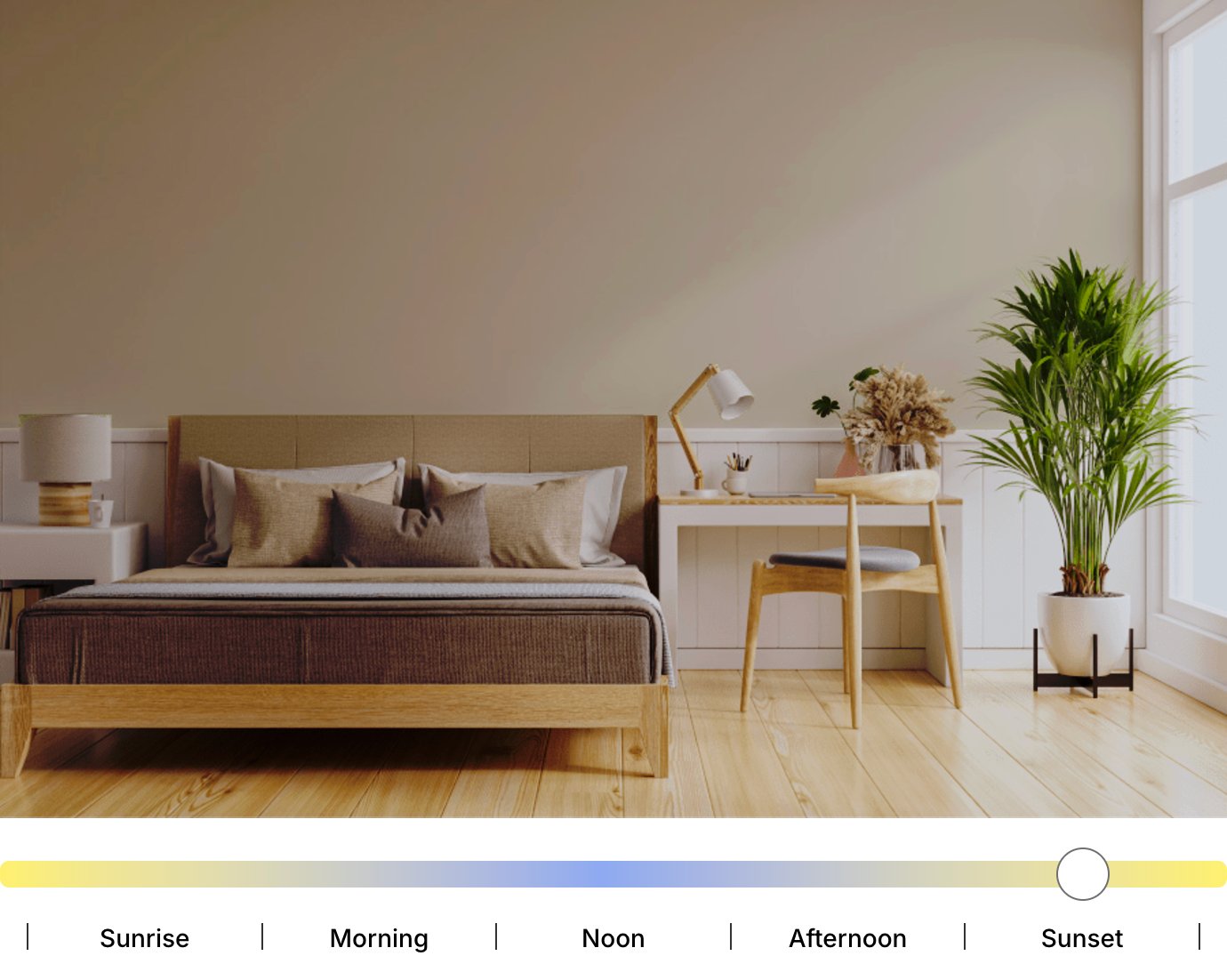
source
This shade puts on quite a show throughout the day, starting off almost creamy in the morning before settling into a more neutral tone by evening.
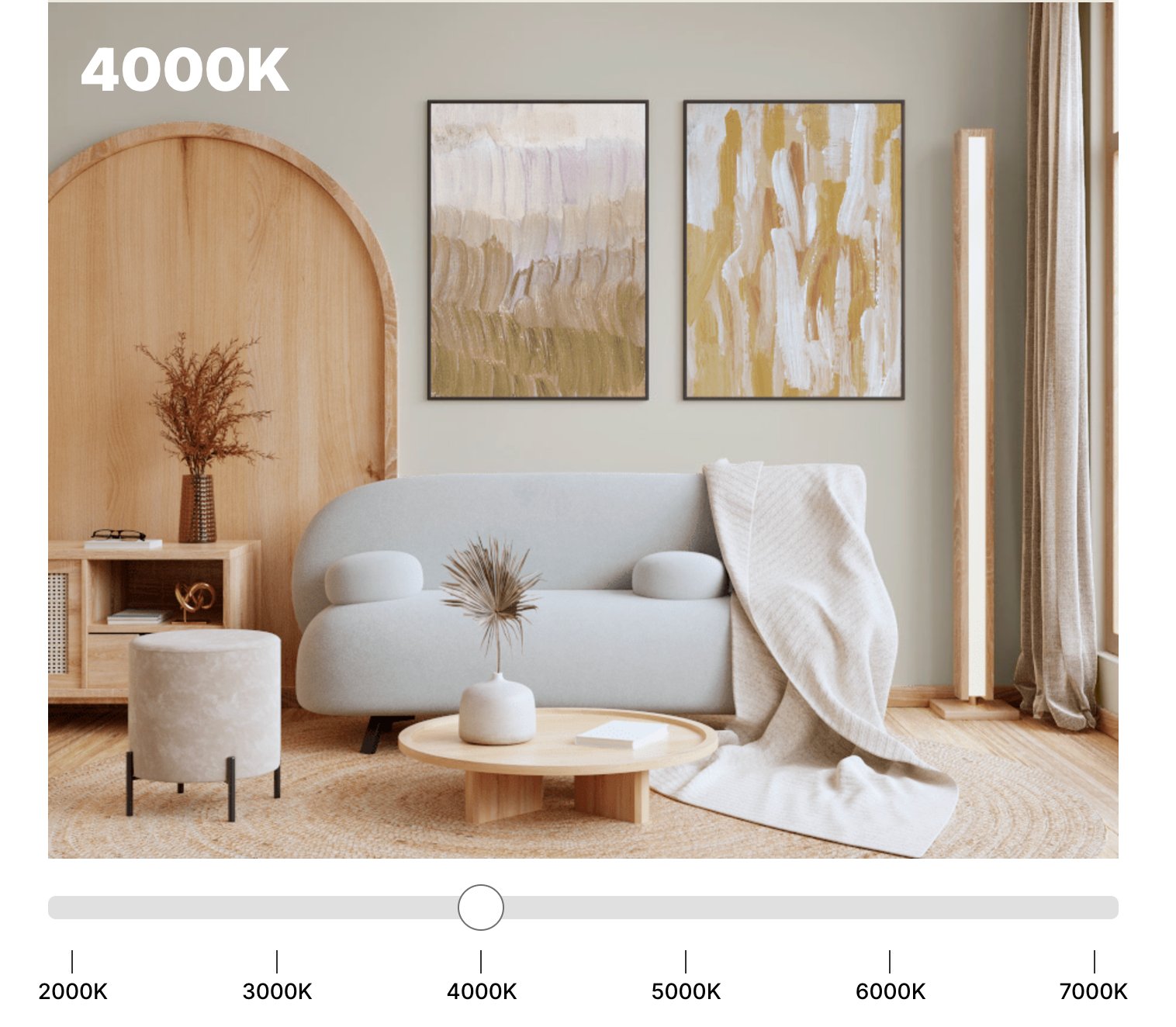
source
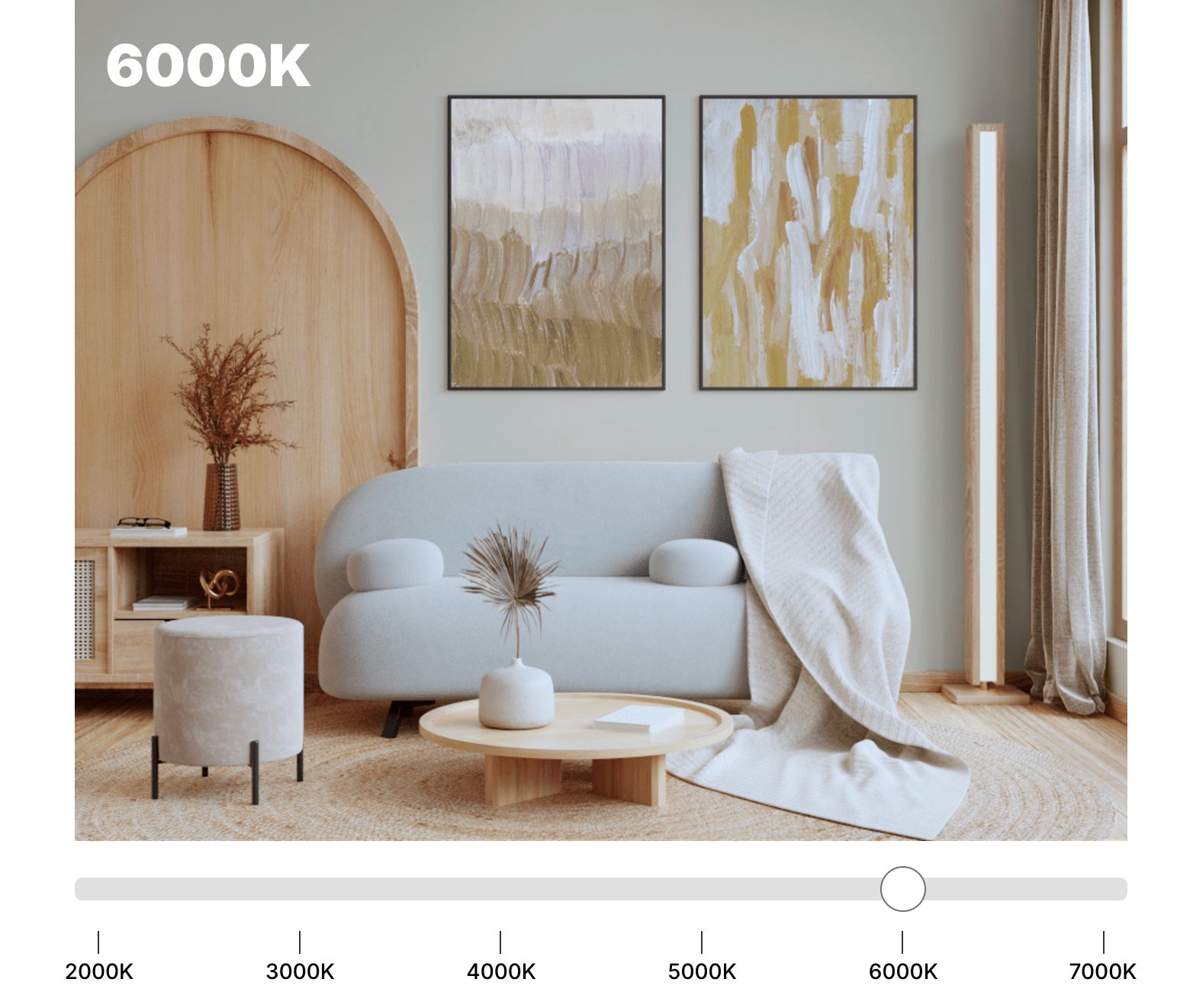
source
Alabaster plays things a bit differently than Shoji White – it’s more of a steady performer across different lighting conditions. Being slightly lighter with less of a beige undertone, it’s a better fit for spaces that don’t get much natural light or rely mainly on artificial lighting.
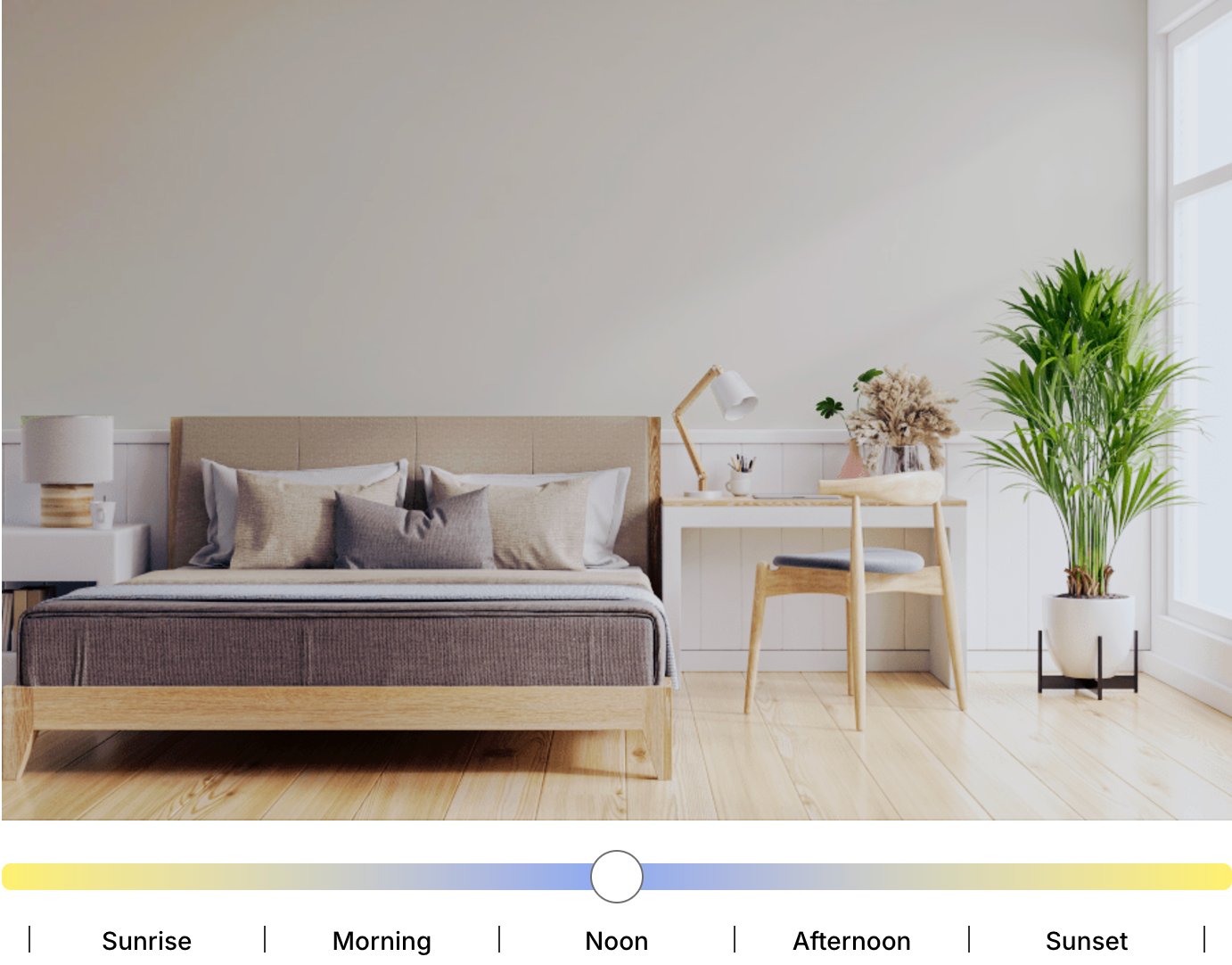
source
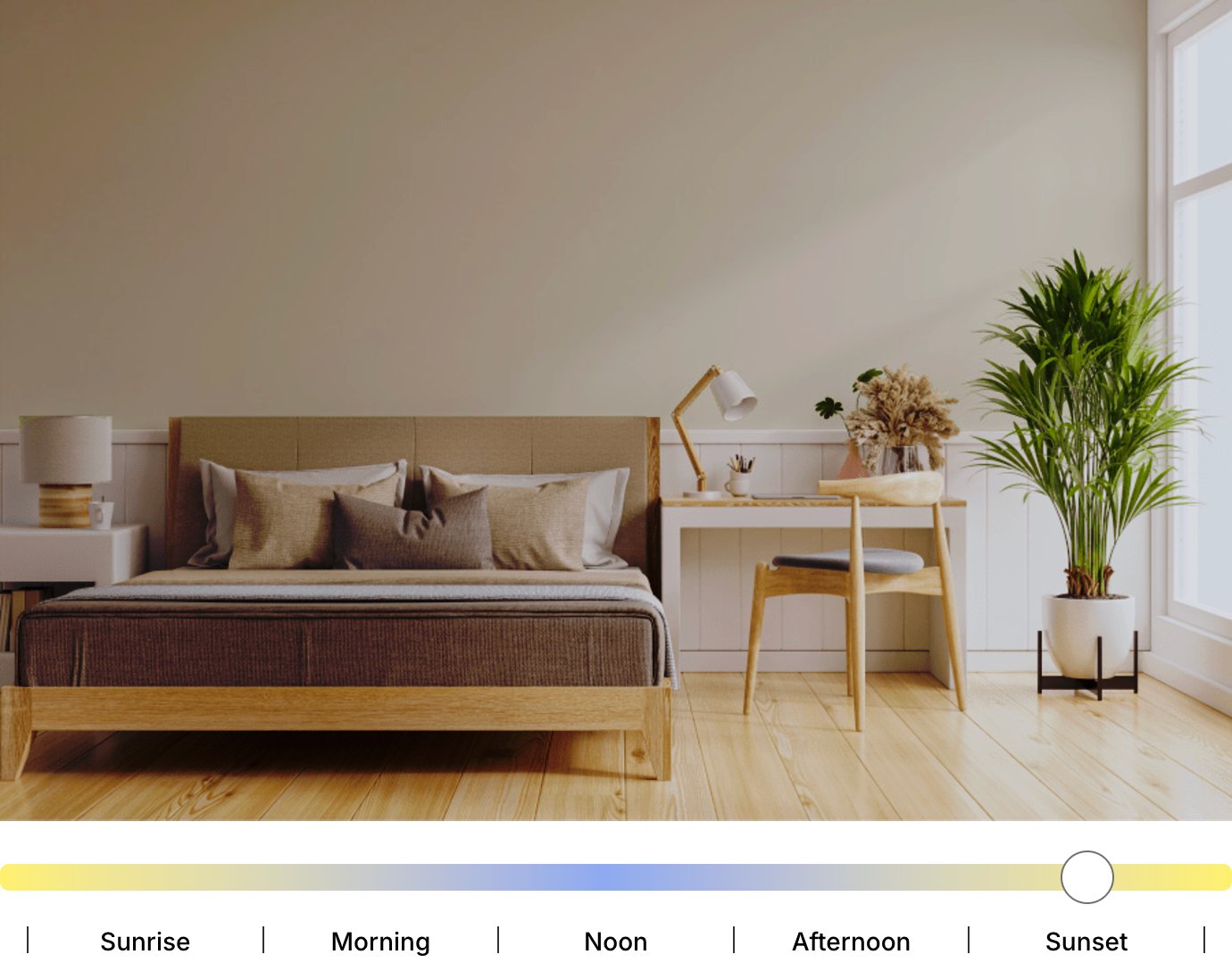
source
When it comes to north-facing bedrooms, Alabaster is a real champion – it manages to keep things bright even on gloomy days. It resists yellowing under warm lamp light and doesn’t go too cool in natural daylight.
Coordinating Colors
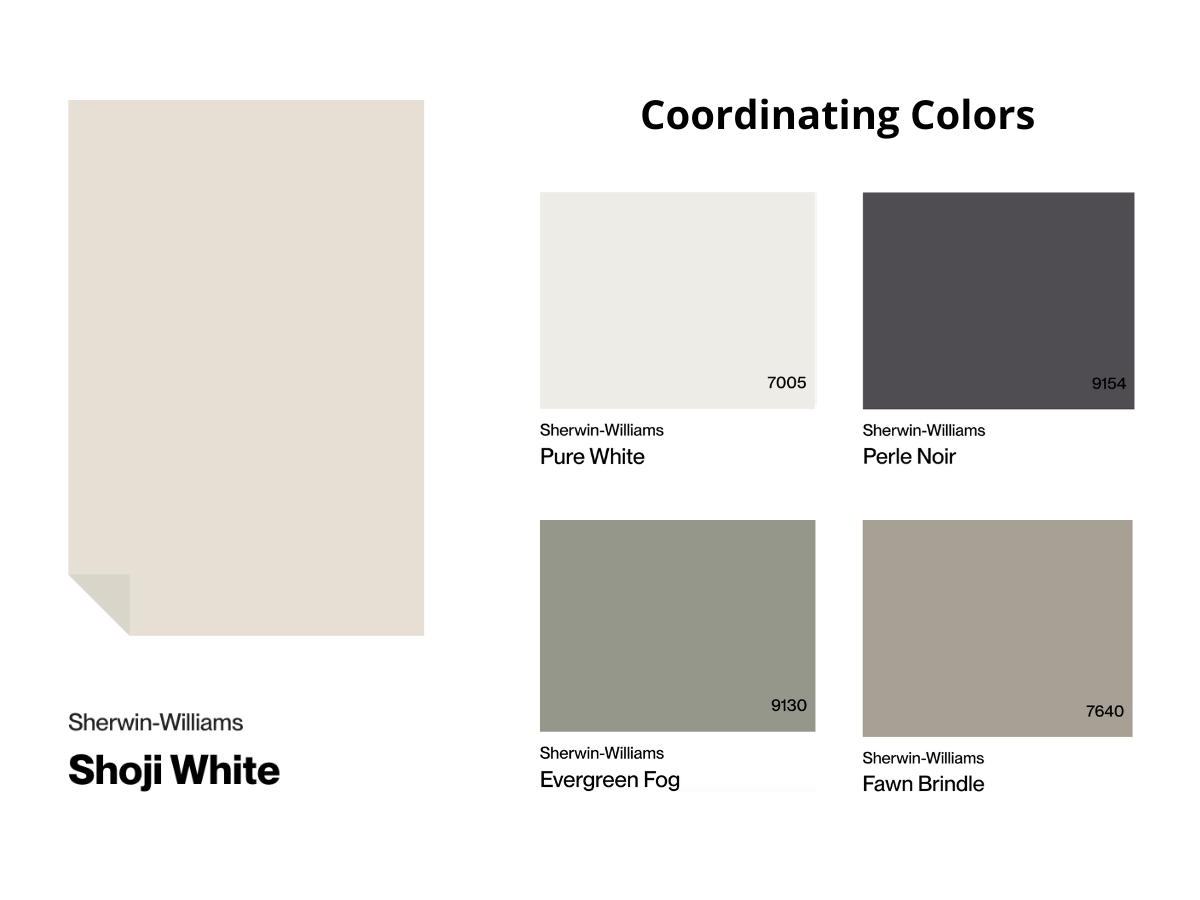
Shoji White is a dream come true for fans of cozy, natural pairings! It works beautifully with terracotta pots, leather armchairs, and even that vintage dark wood dresser you inherited from grandma.
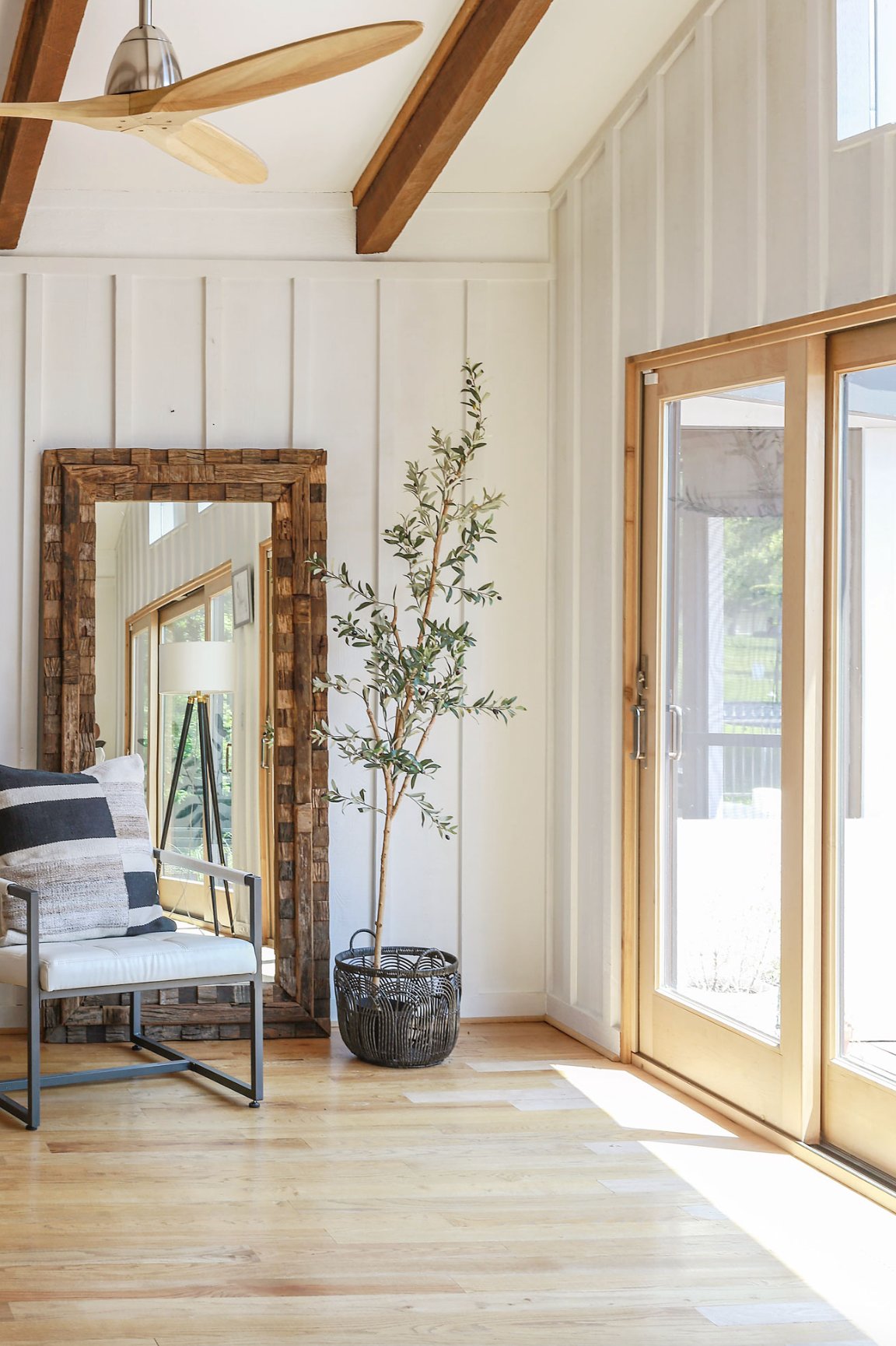
source
And here’s something special – it creates pure magic when combined with woven baskets and bamboo blinds. These textures just come alive against a Shoji White background.
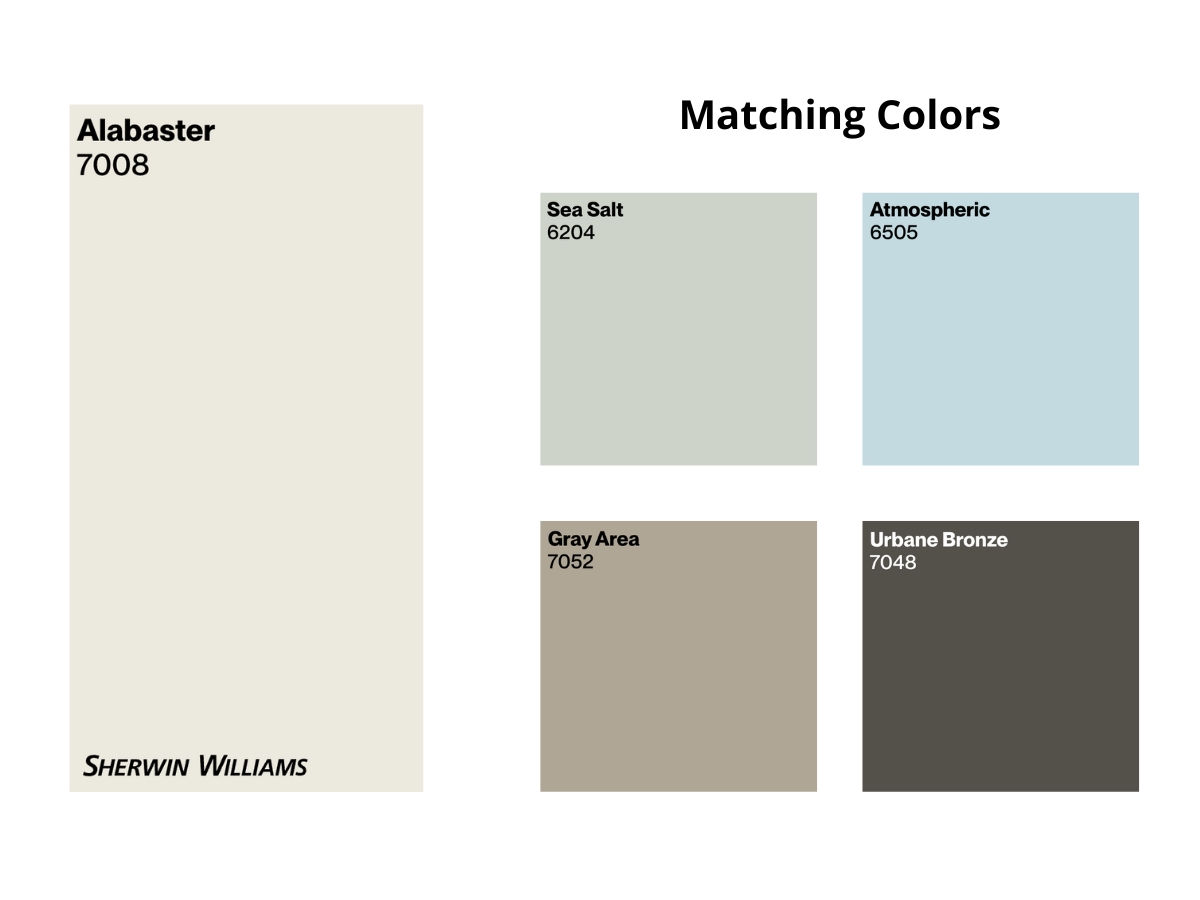
Alabaster takes things in a completely different direction. It’s the go-to choice for modern design enthusiasts who lean toward cooler tones. While Shoji White brings the cozy, Alabaster delivers a clean, fresh canvas that makes gray and blue accents really pop.
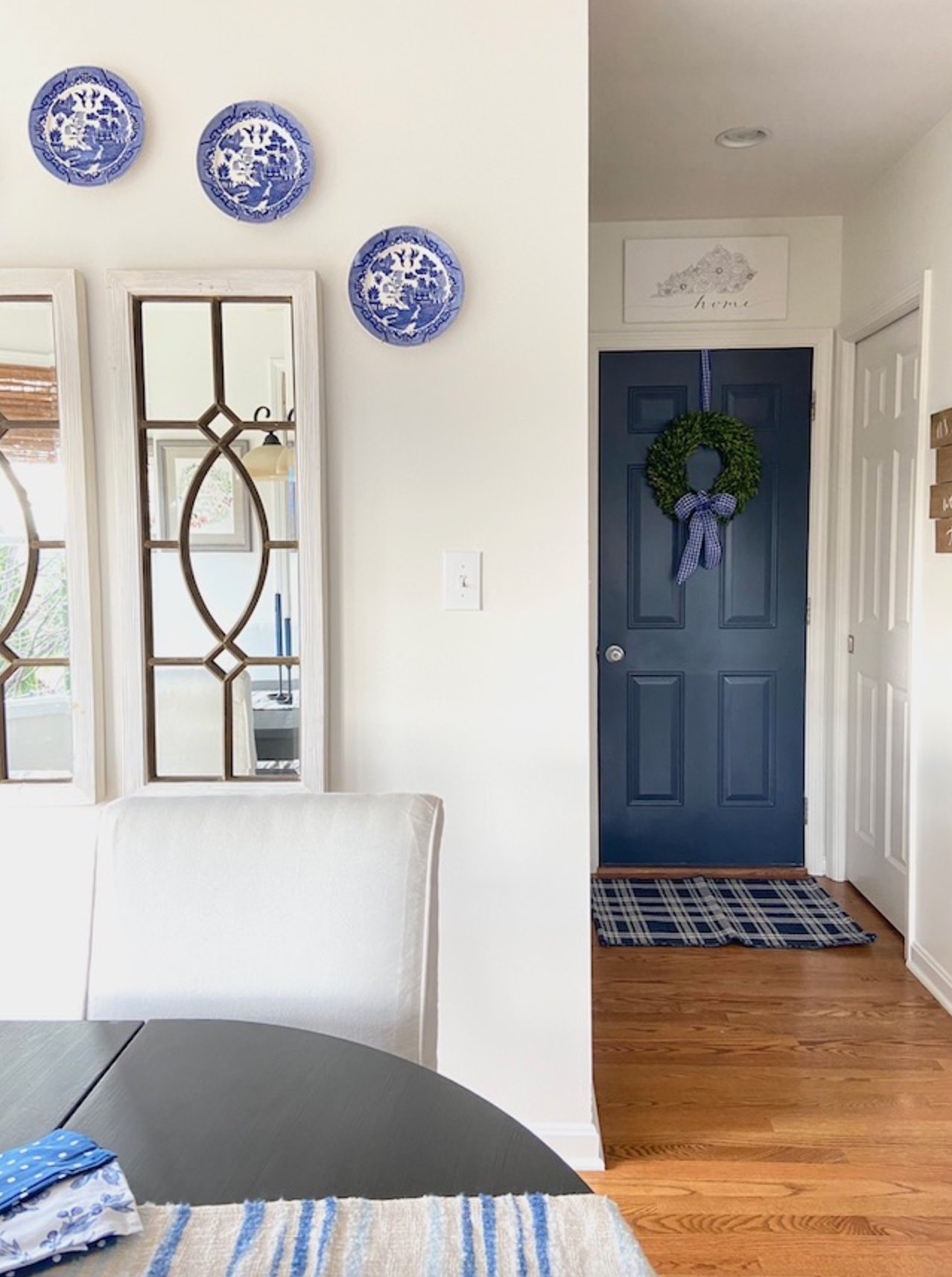
source
If Scandinavian minimalism is your thing, you’ll love what Alabaster brings to the table. It also does wonders for glass vases and chrome elements.
Making Your Decision
After looking at all these photos and comparisons, here’s the bottom line – both shades are fantastic in their unique ways. The key is figuring out what vibe you’re going for in your space, and remember to test those samples on your walls in different lights.
Shoji White is your best bet if you’re aiming for a warm, welcoming atmosphere. Its warm undertone is perfect for spaces with vintage furniture, natural materials, or many north-facing windows.
Here’s a practical bonus – it hides fingerprints and marks better than its counterparts.
Alabaster is more your speed if you’re after a fresh, contemporary look. It creates a cleaner backdrop than Shoji White without feeling too clinical.
It really comes into its own in sunny rooms or minimalist spaces where you want a quiet base color that doesn’t show its undertones too much.

